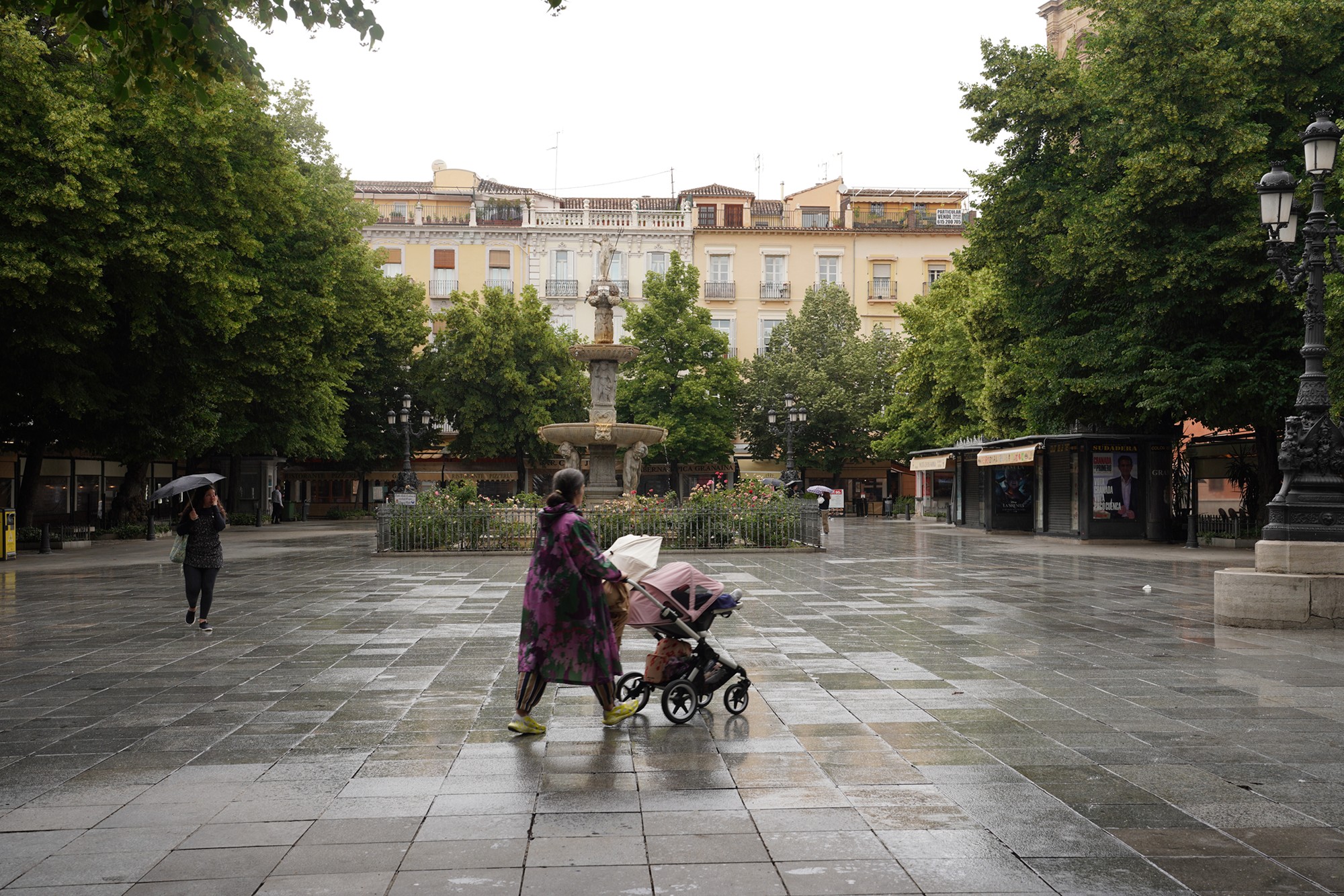Granada Walk, Spain
Granada is known for grand examples of medieval architecture dating to the Moorish occupation, especially the Alhambra.
Granada: Pl. Nueva, 24, 18010 Granada, Spain
Granada was a Muslim Kingdom for 800 years, which is the longest Muslim rule in Spain. The population in Granada is about 300,000 people. City symbol is the pomegranate which is fitting considering that “granada” in Spanish means ‘pomegranate.
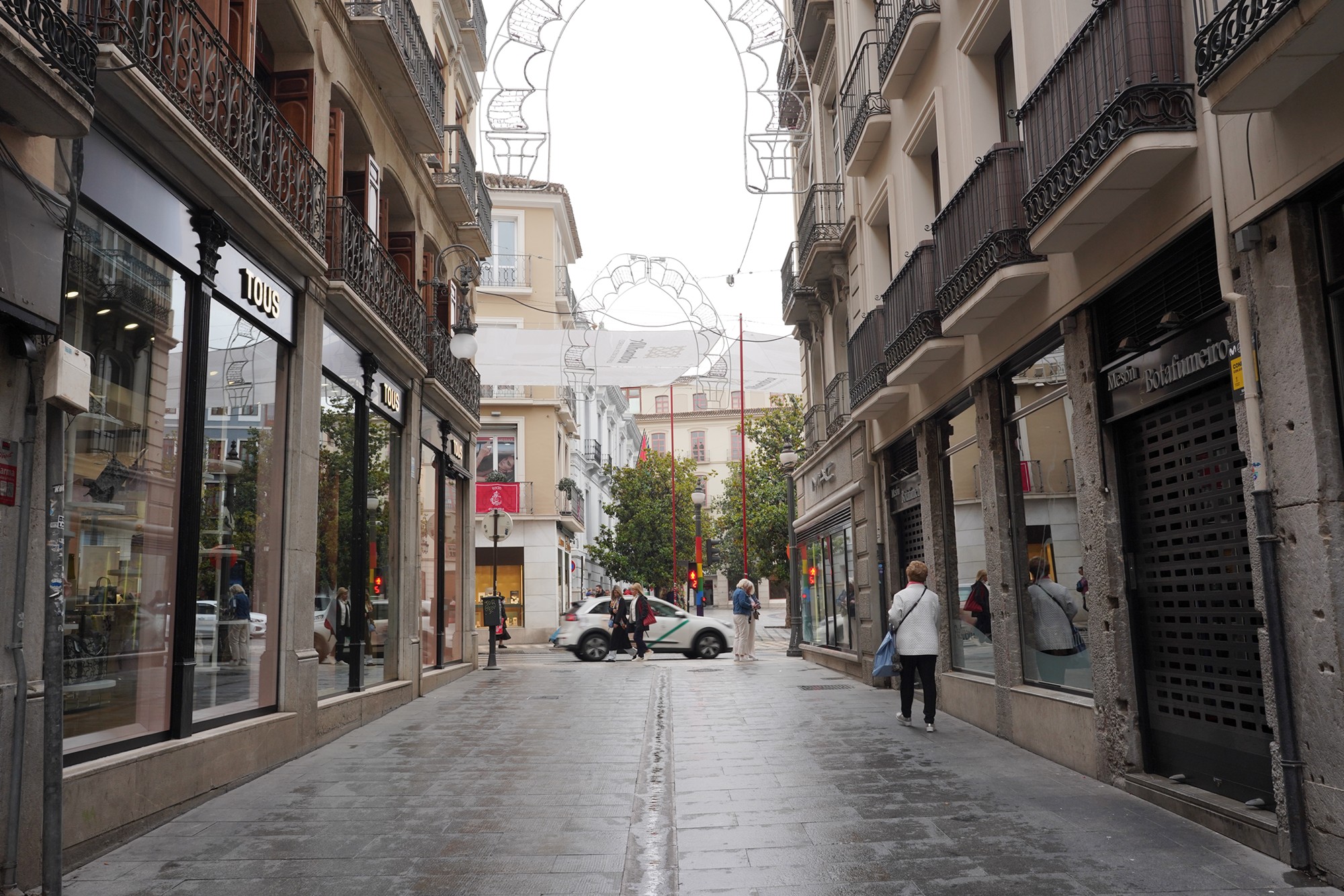
Looking back

The right side view
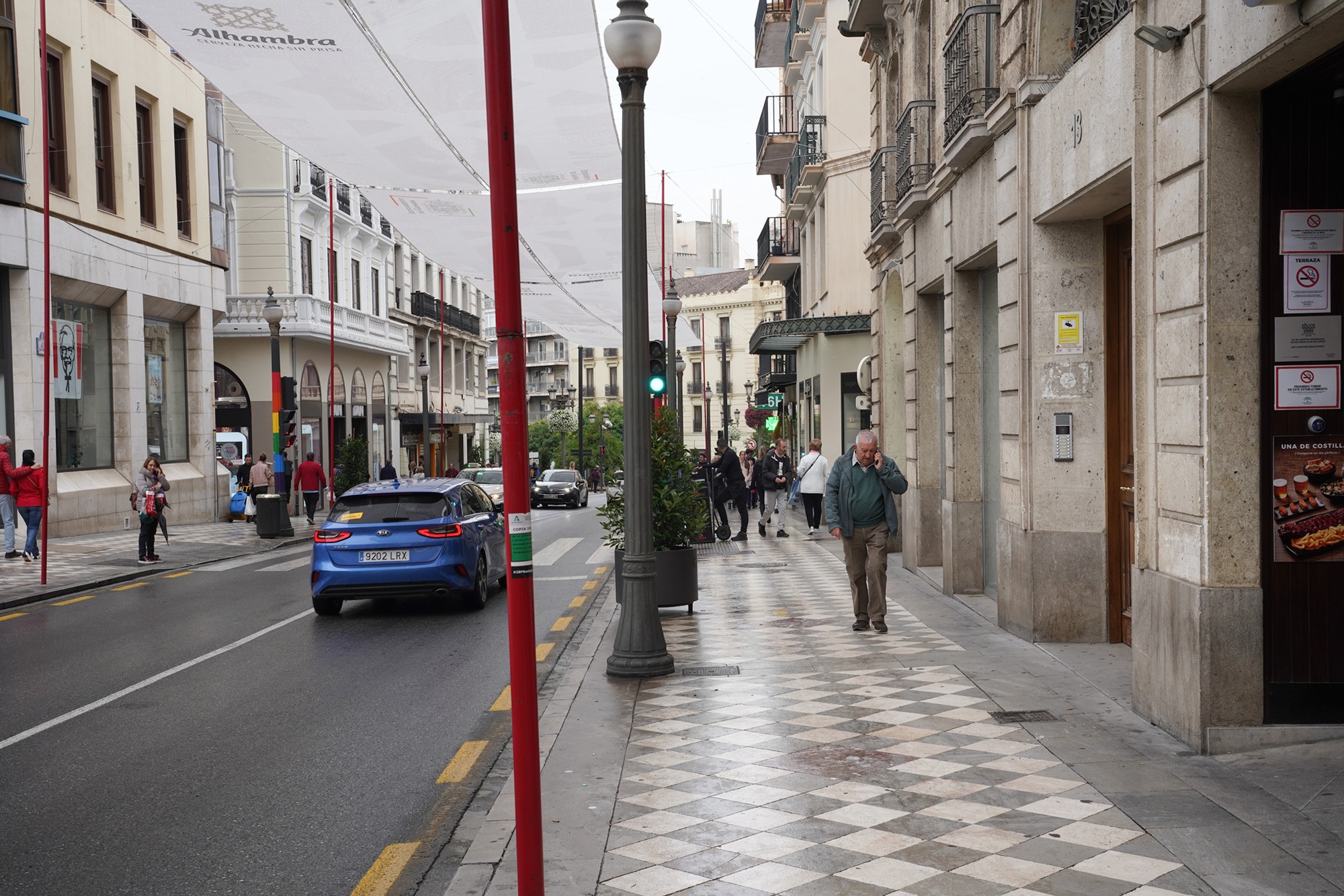
The front side view
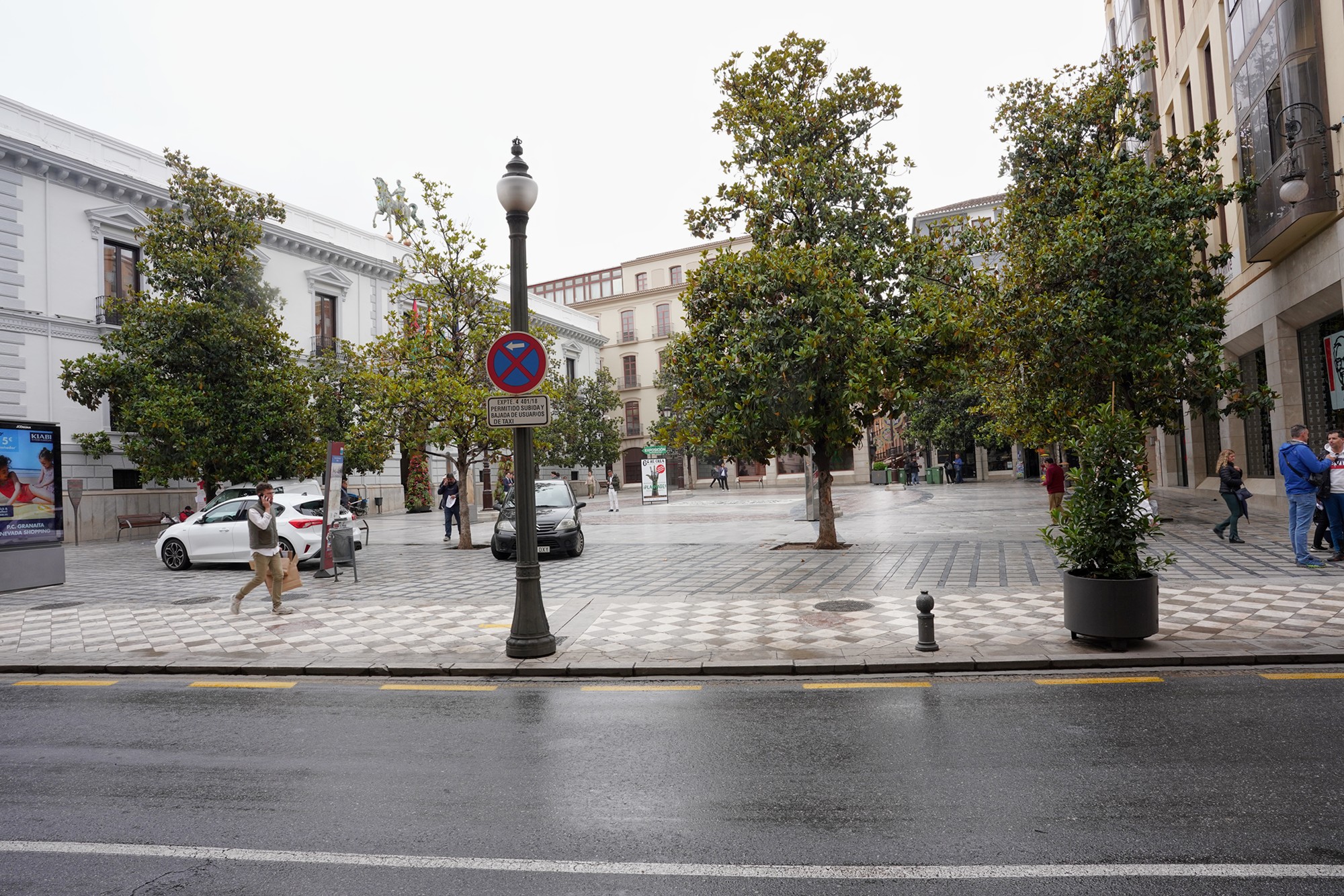
The right side view. Walking toward Corral del Carbón
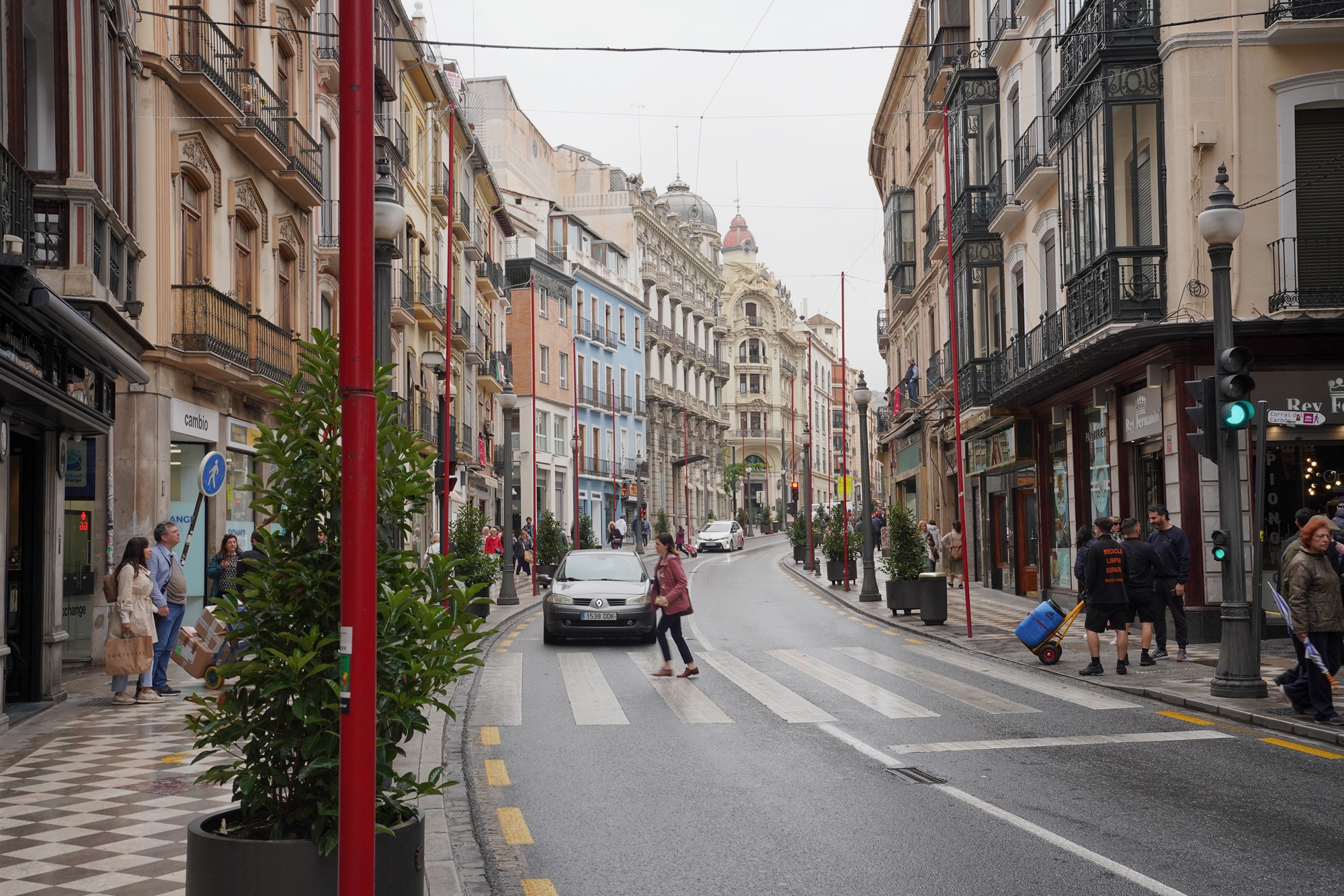
Corral del Carbón is a historic building in Granada. It is one of the few remaining examples of a Moorish caravanserai (inn) in the country and holds great historical and architectural significance.
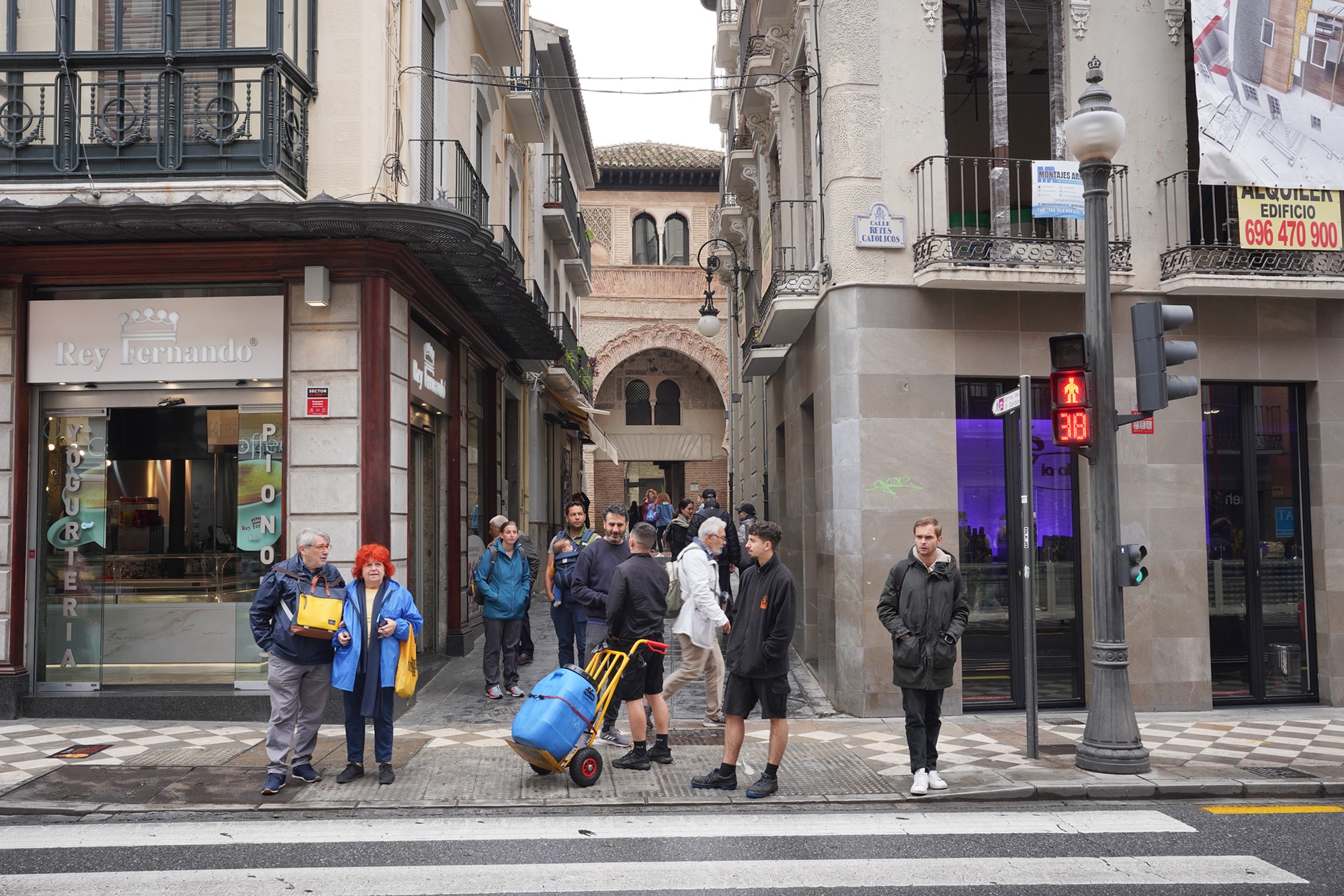
Corral del Carbón was built in the 14th century during the Nasrid dynasty, the last Islamic kingdom on the Iberian Peninsula. It served as a lodging and storage facility for merchants and travelers who arrived in Granada along the Silk Road. The caravanserai provided a place for traders to rest, store their goods, and conduct business.

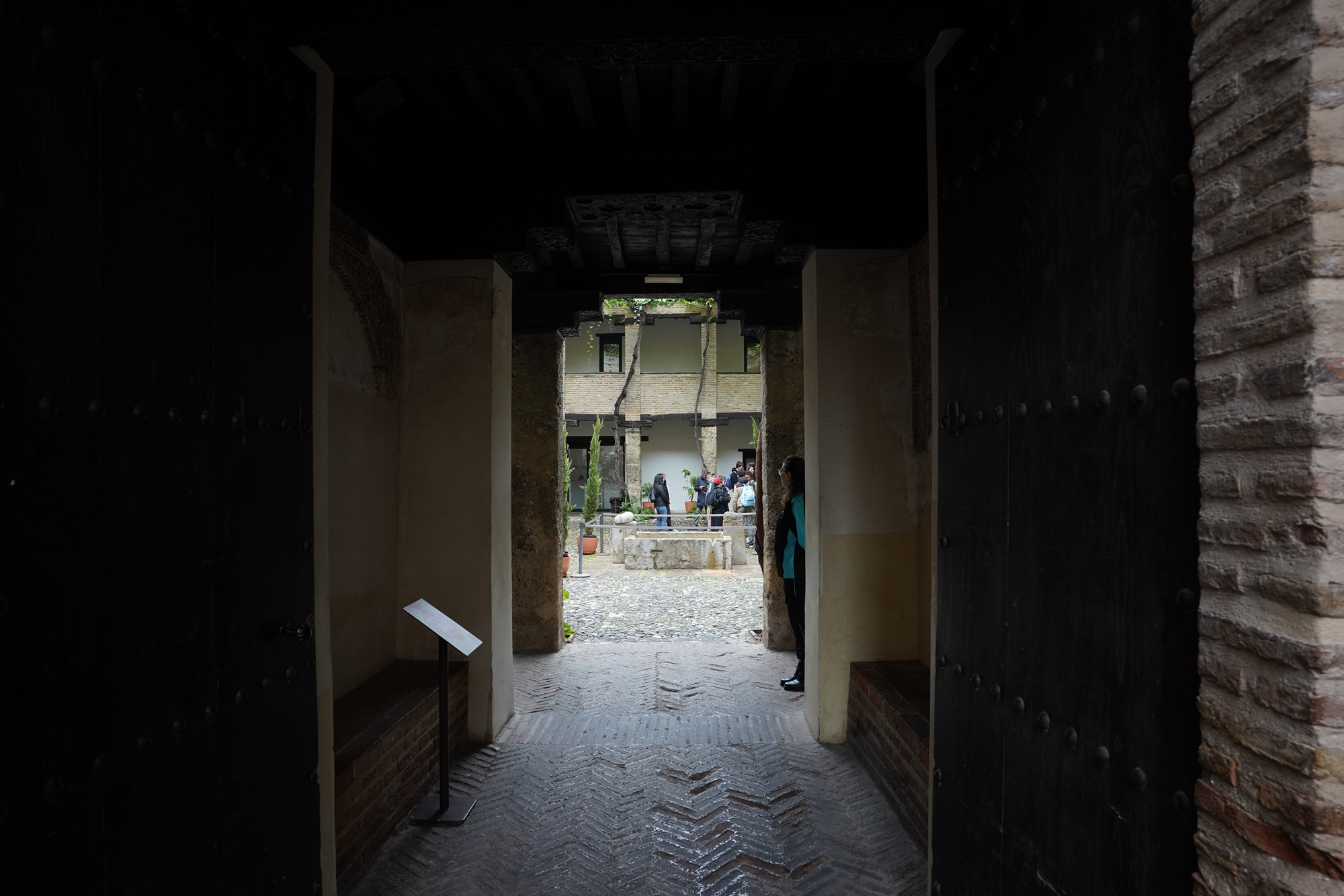

At the front of Corral del Carbon is Alcaicería
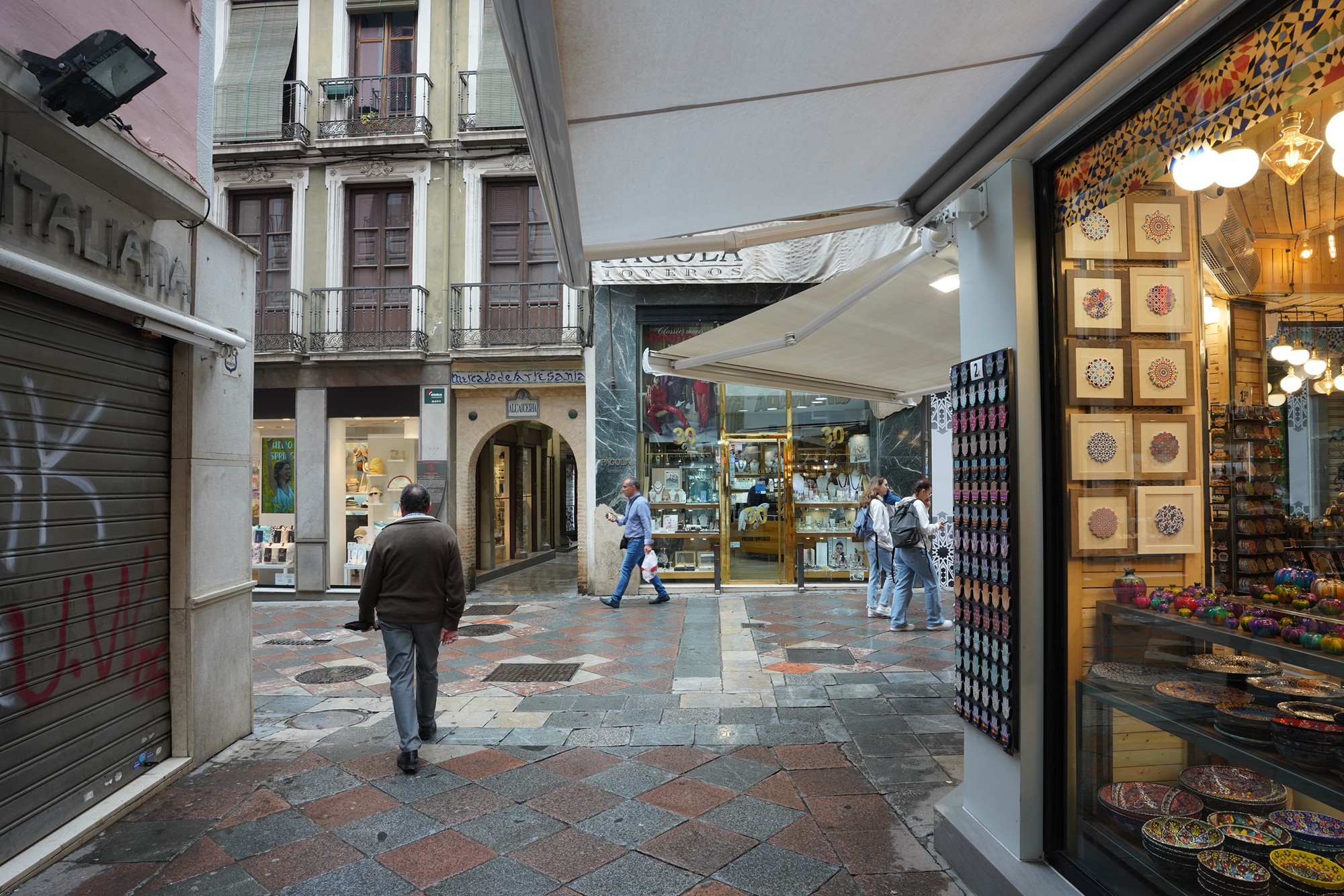
The Alcaicería has a history dating back to the Moorish period of Granada. Originally, it served as a bustling silk market during the Nasrid dynasty. The name “Alcaicería” is derived from the Arabic word “al-qaysariyya,” which means “marketplace” or “bazaar.” Nowadays, it sells anything the tourists might buy.
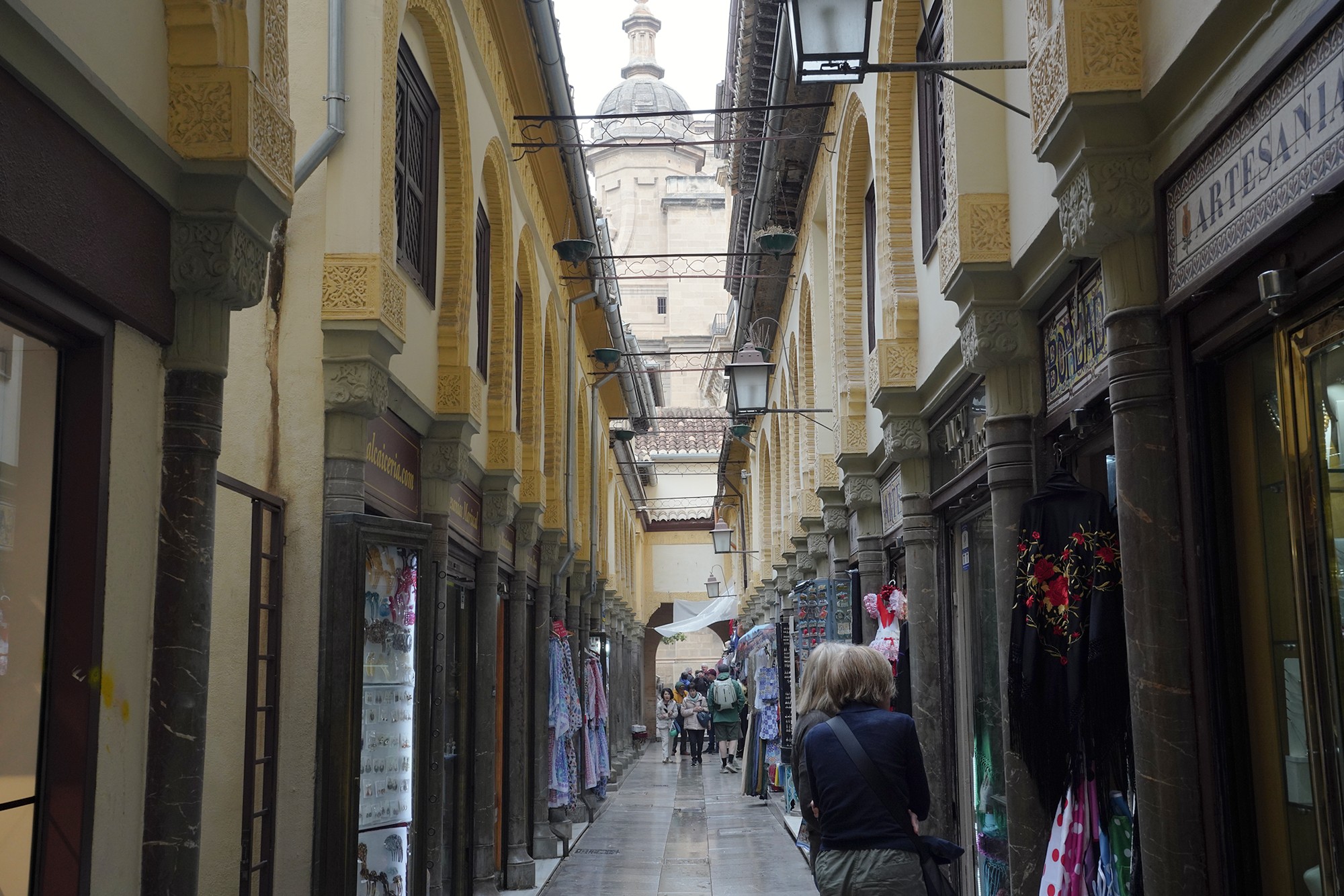
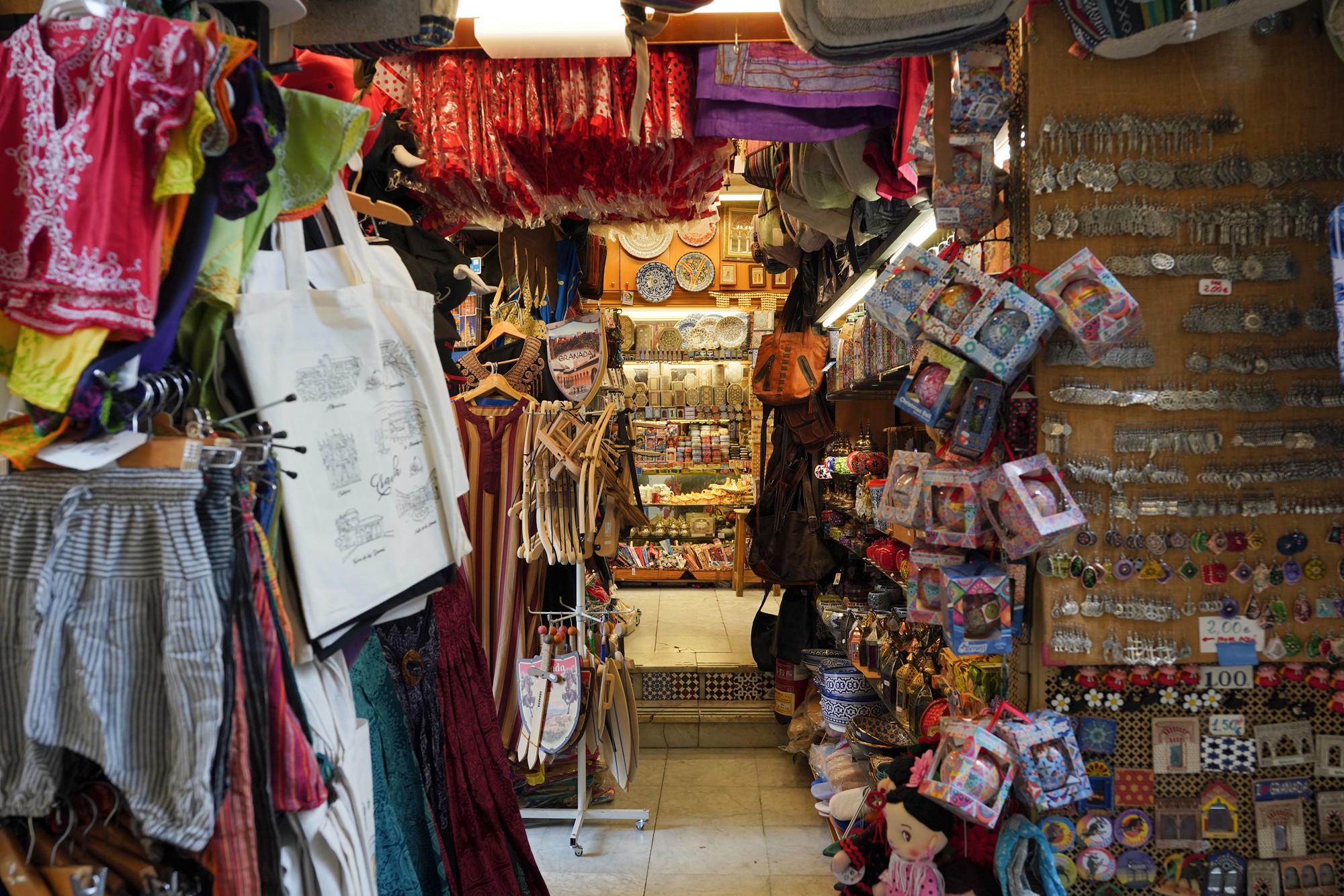
Next to Alcaiceria is the Royal Chapel of Granada

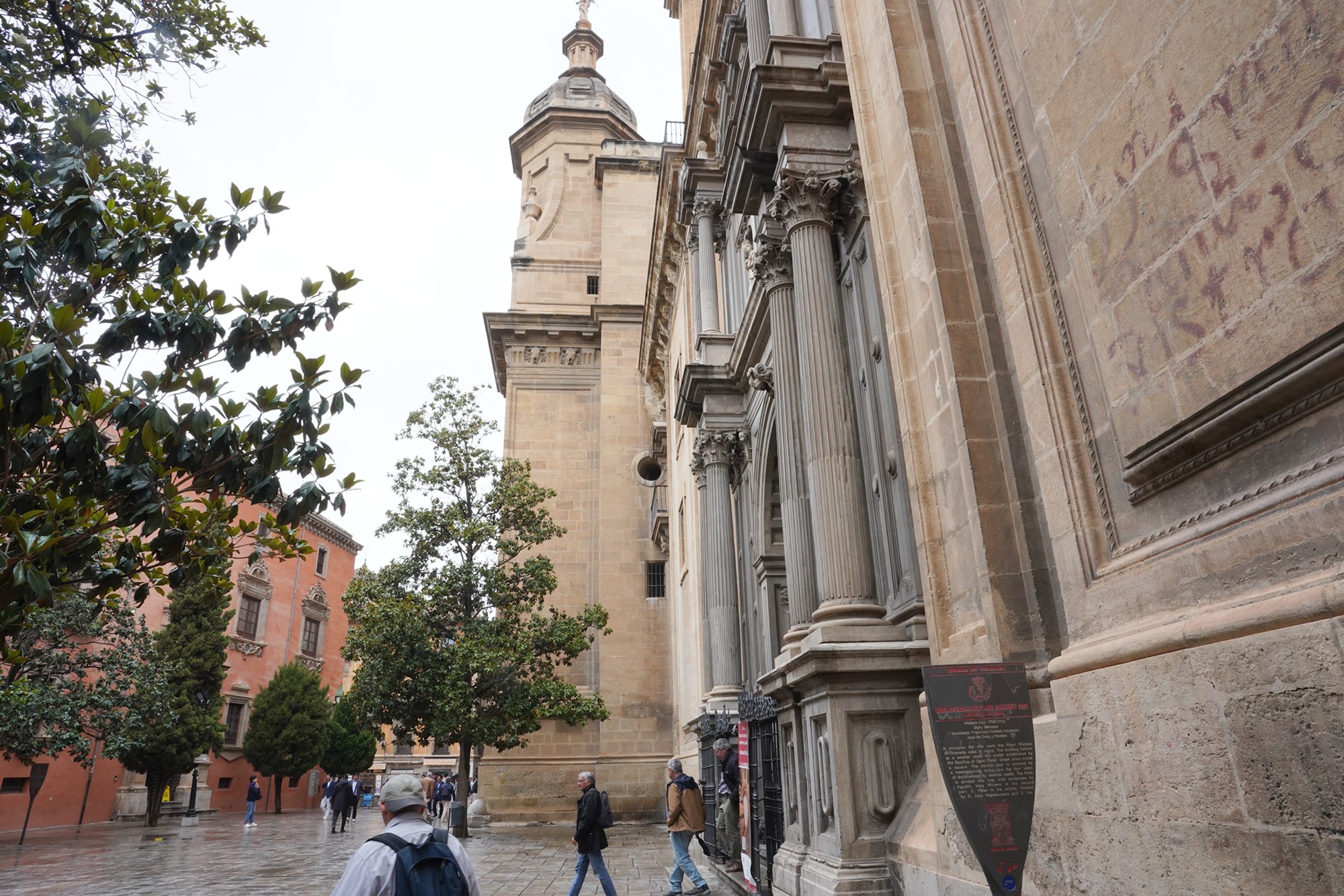
The Royal Chapel was commissioned by Queen Isabella I and King Ferdinand II in 1504 as their burial place. It was built in the Gothic style and took several decades to complete. The main reason for the Royal Chapel’s significance is that it houses the tombs of Queen Isabella I and King Ferdinand II. The royal couple played a pivotal role in the unification of Spain and the completion of the Reconquista, the Christian reconquest of the Iberian Peninsula from the Moors.
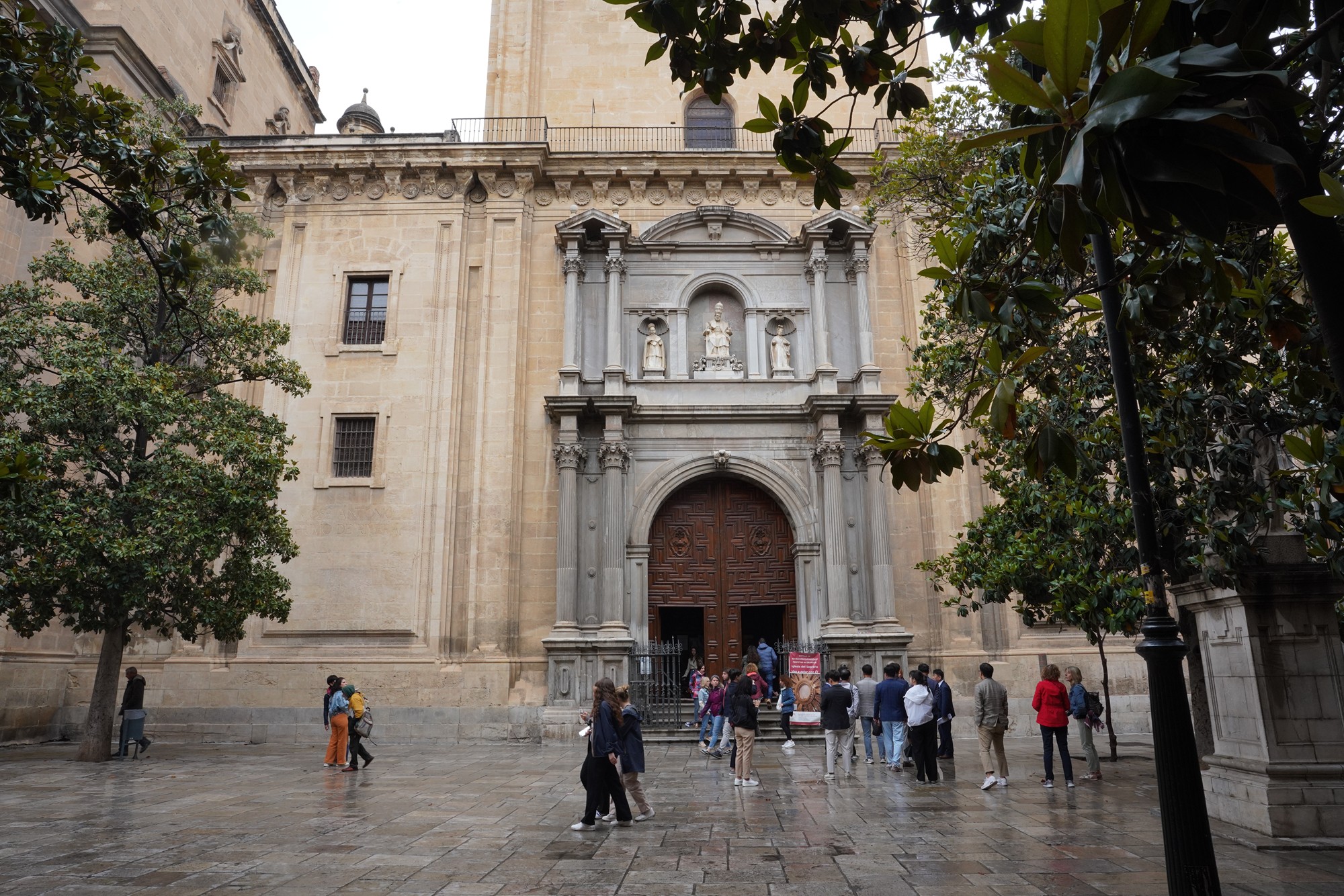
In front of the Royal Chapel

Next to the Royal Chapel is Catedral de Granada
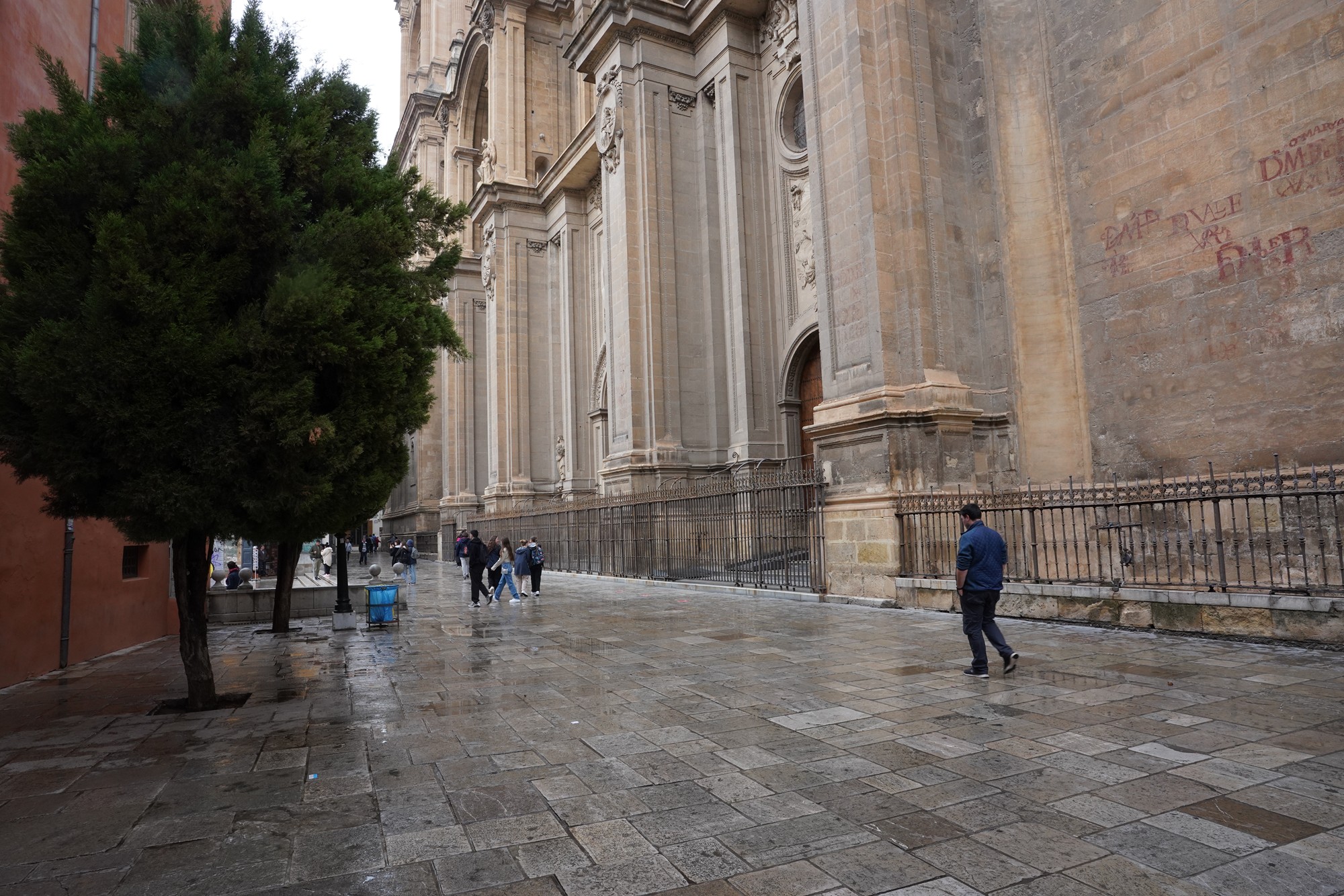
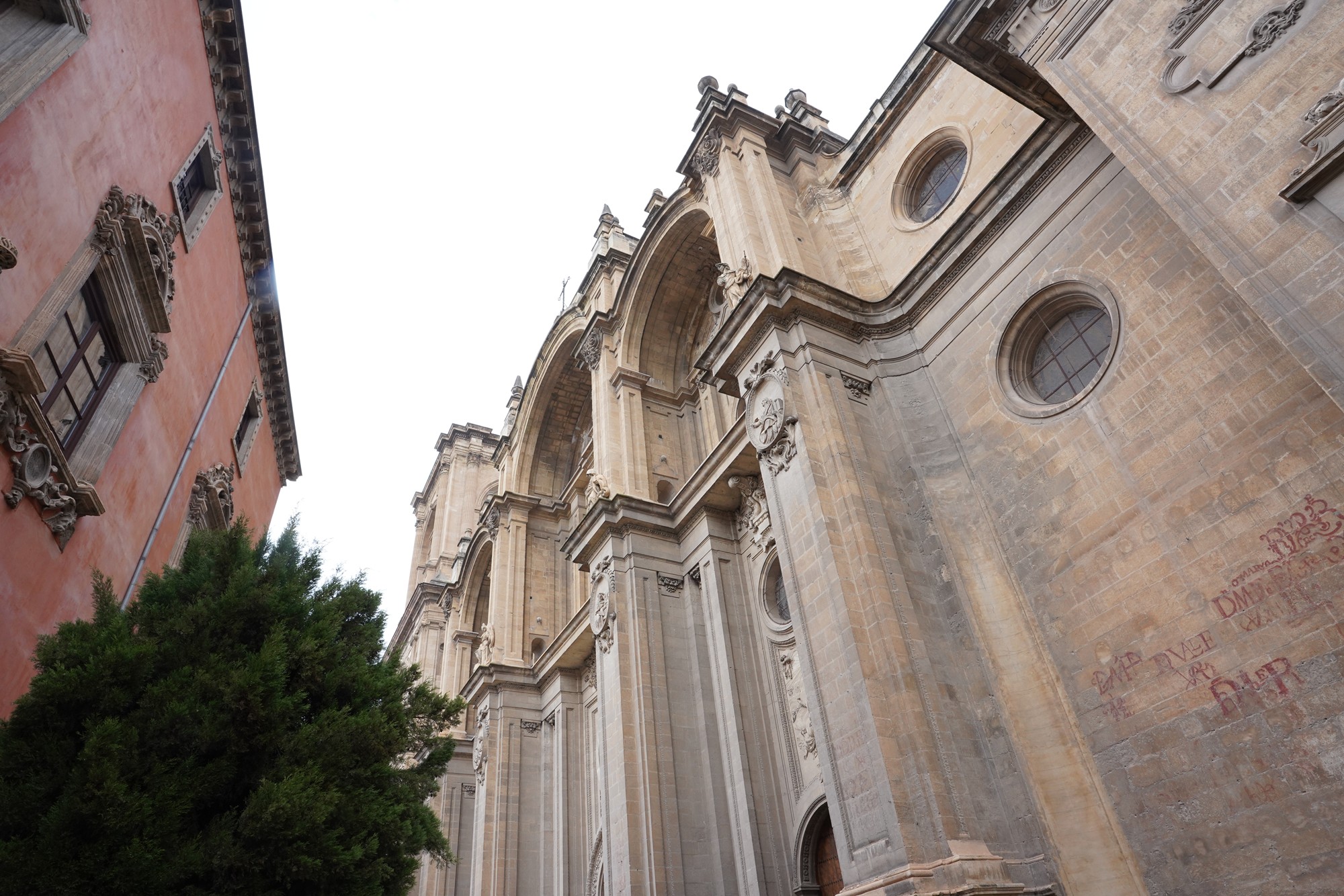
The plaza in front of the church
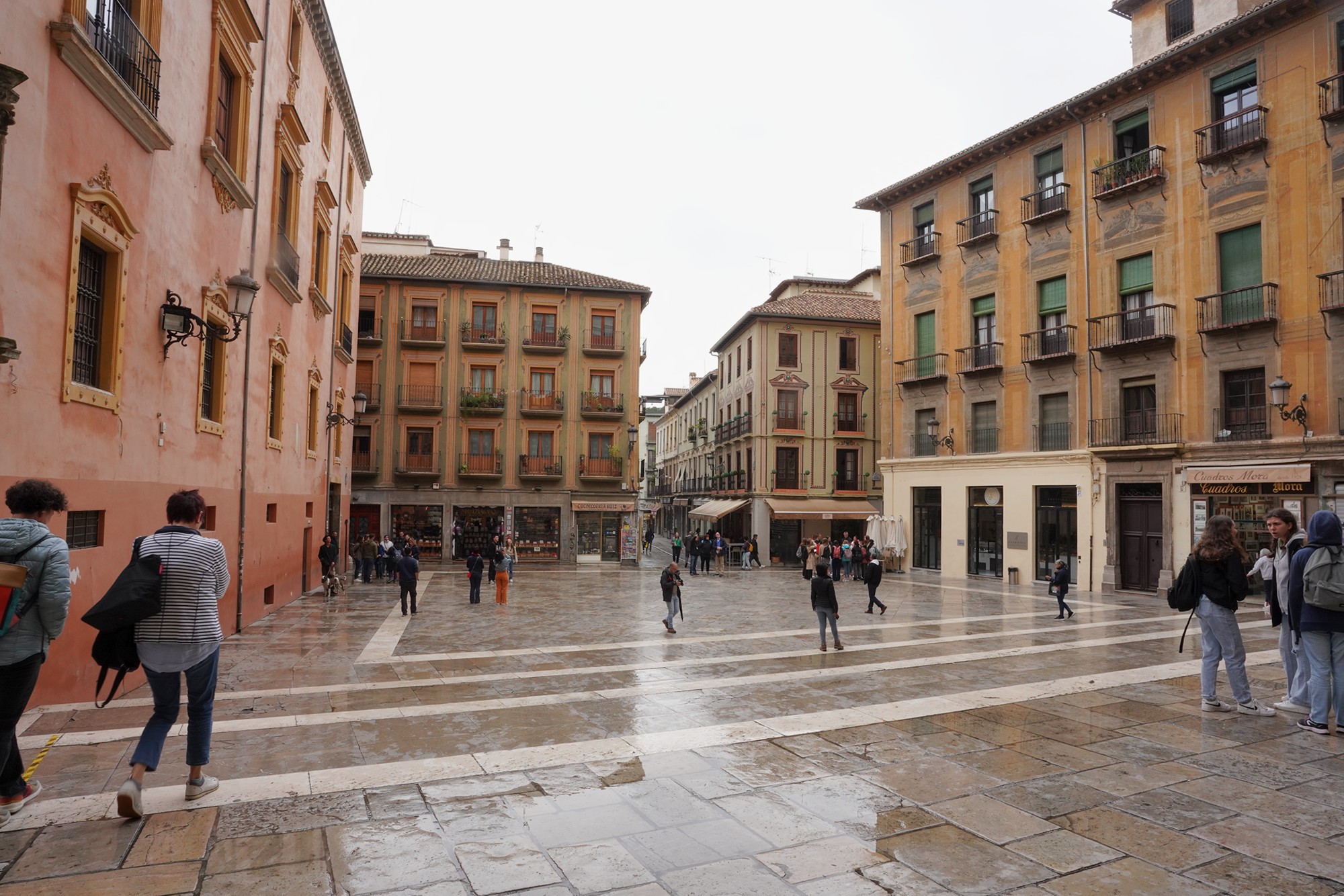
Construction of the cathedral began in 1523 and took over 180 years to complete. It was built on the site of the former main mosque of Granada after the Christian conquest of the city. The cathedral was designed in the Renaissance style by various architects, including Diego de Siloé and Alonso Cano.


Inside the church
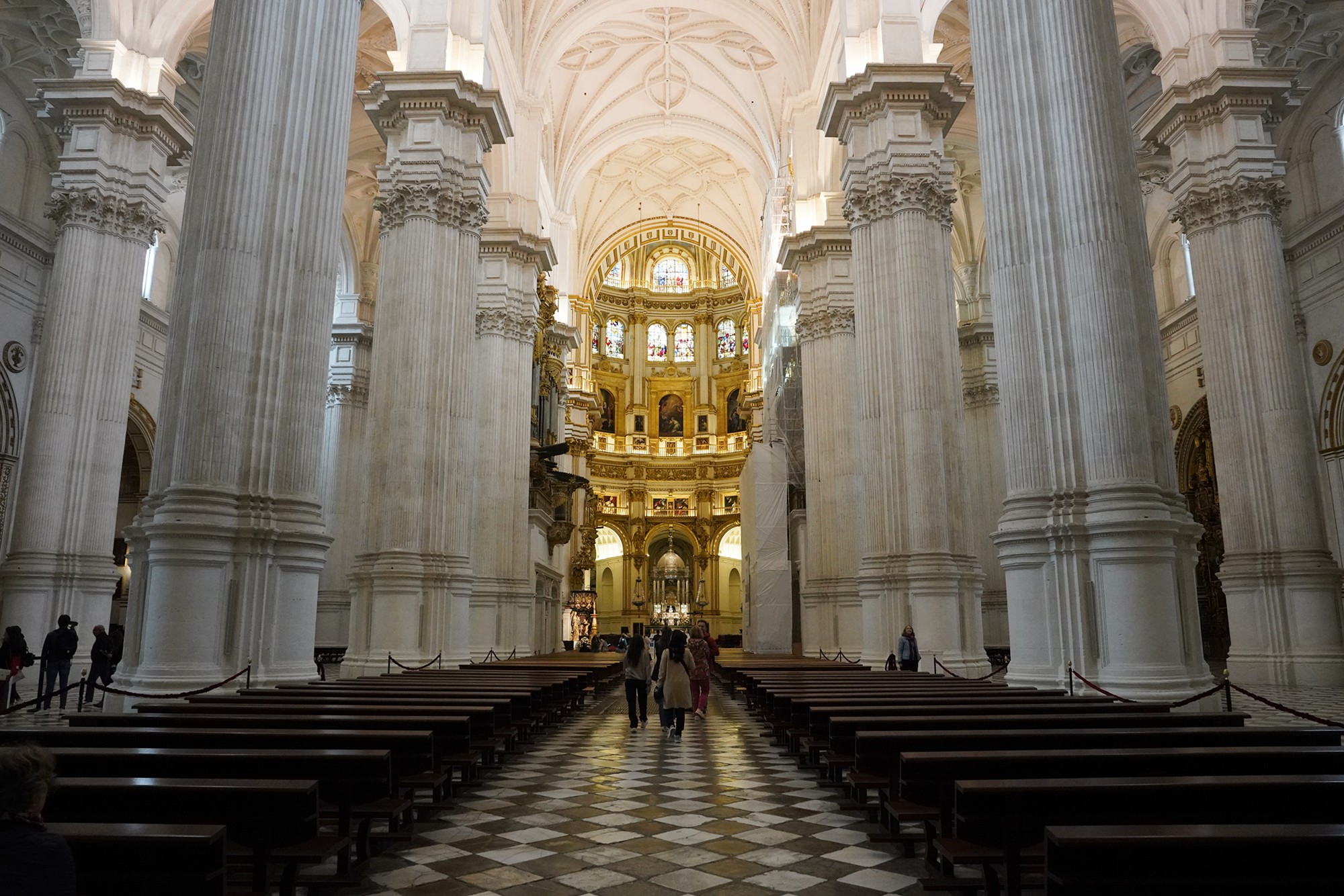
Walking to the far left side of the church
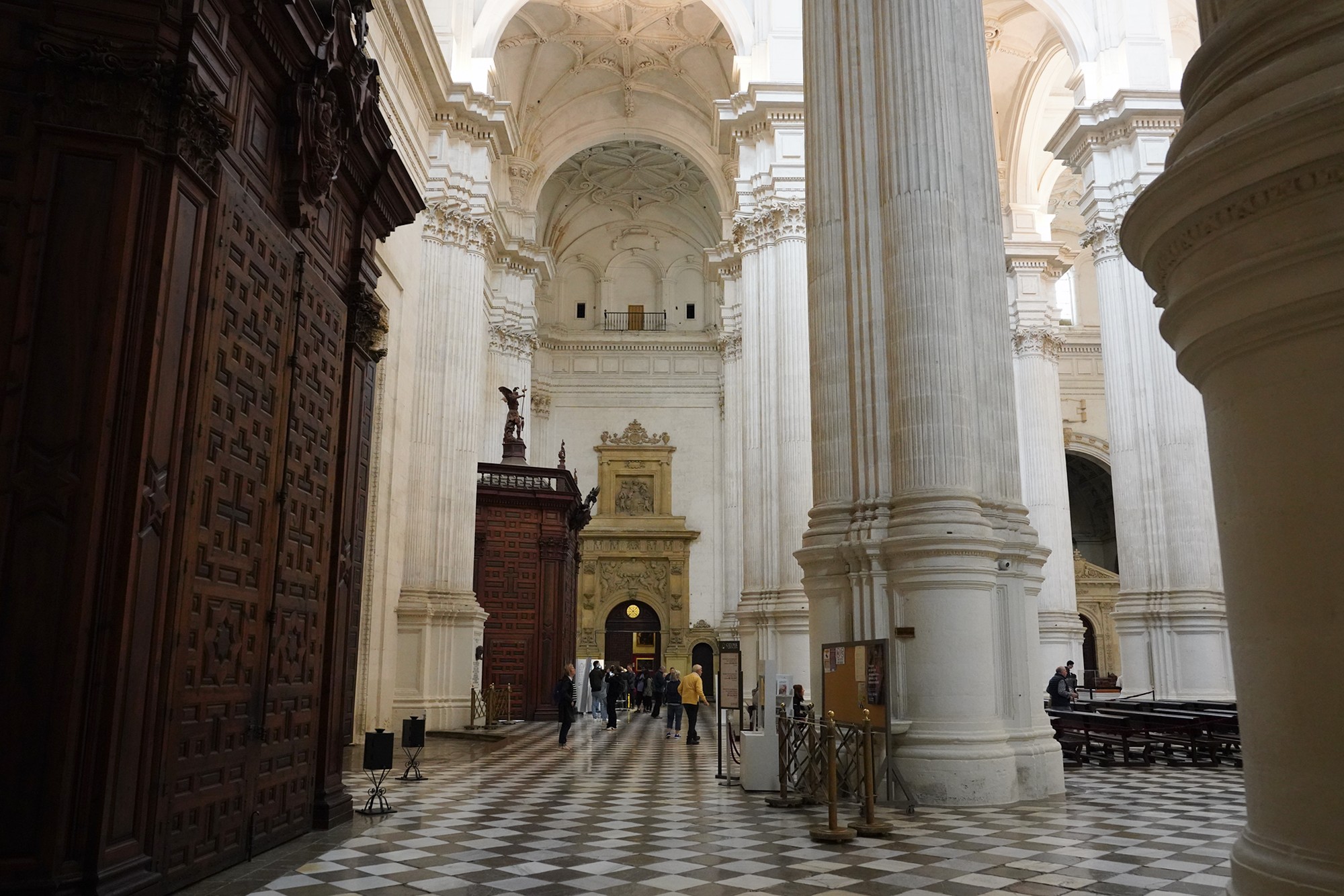
At the far left side of the church, looking toward the altar
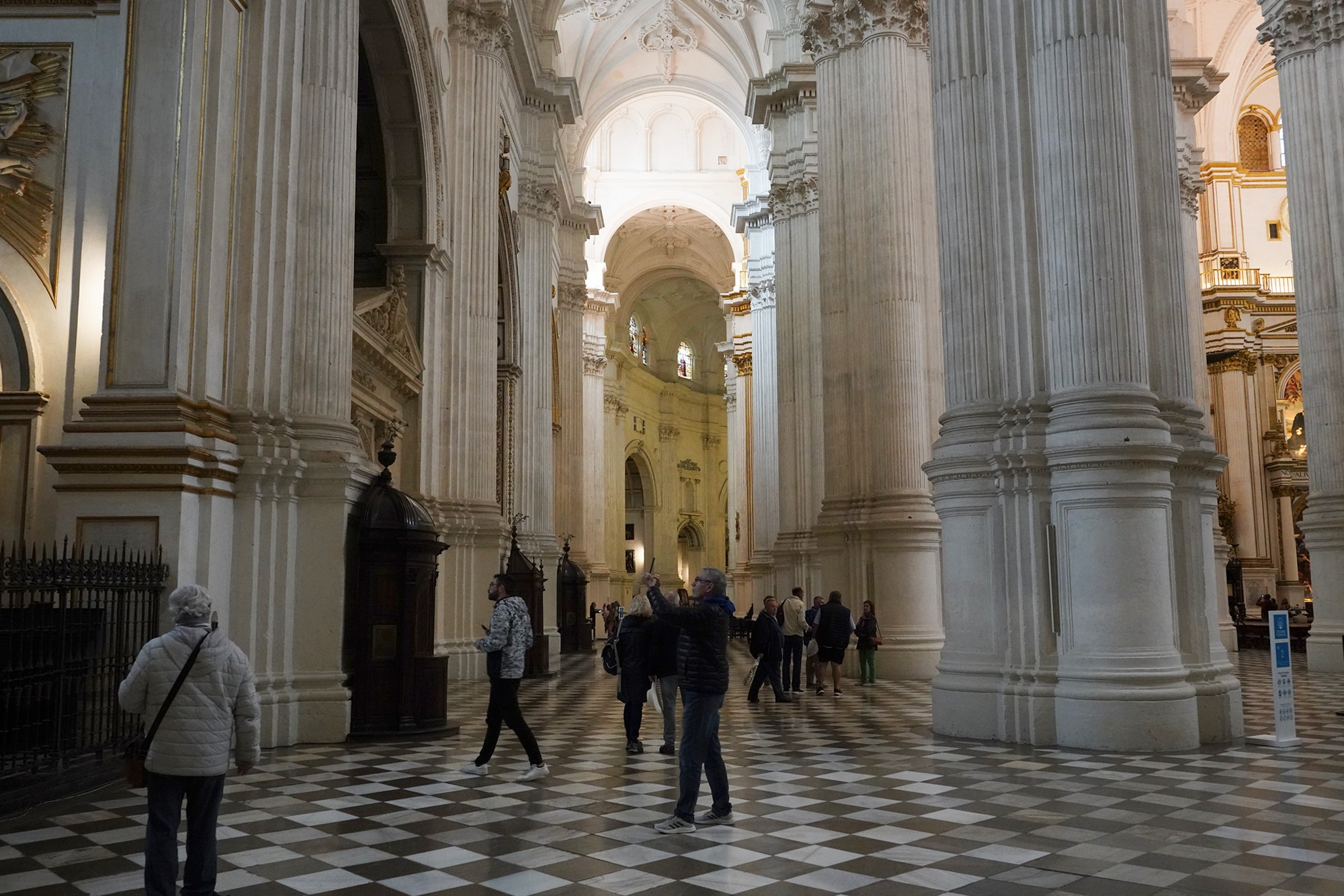
At the left side of the church, looking toward the altar
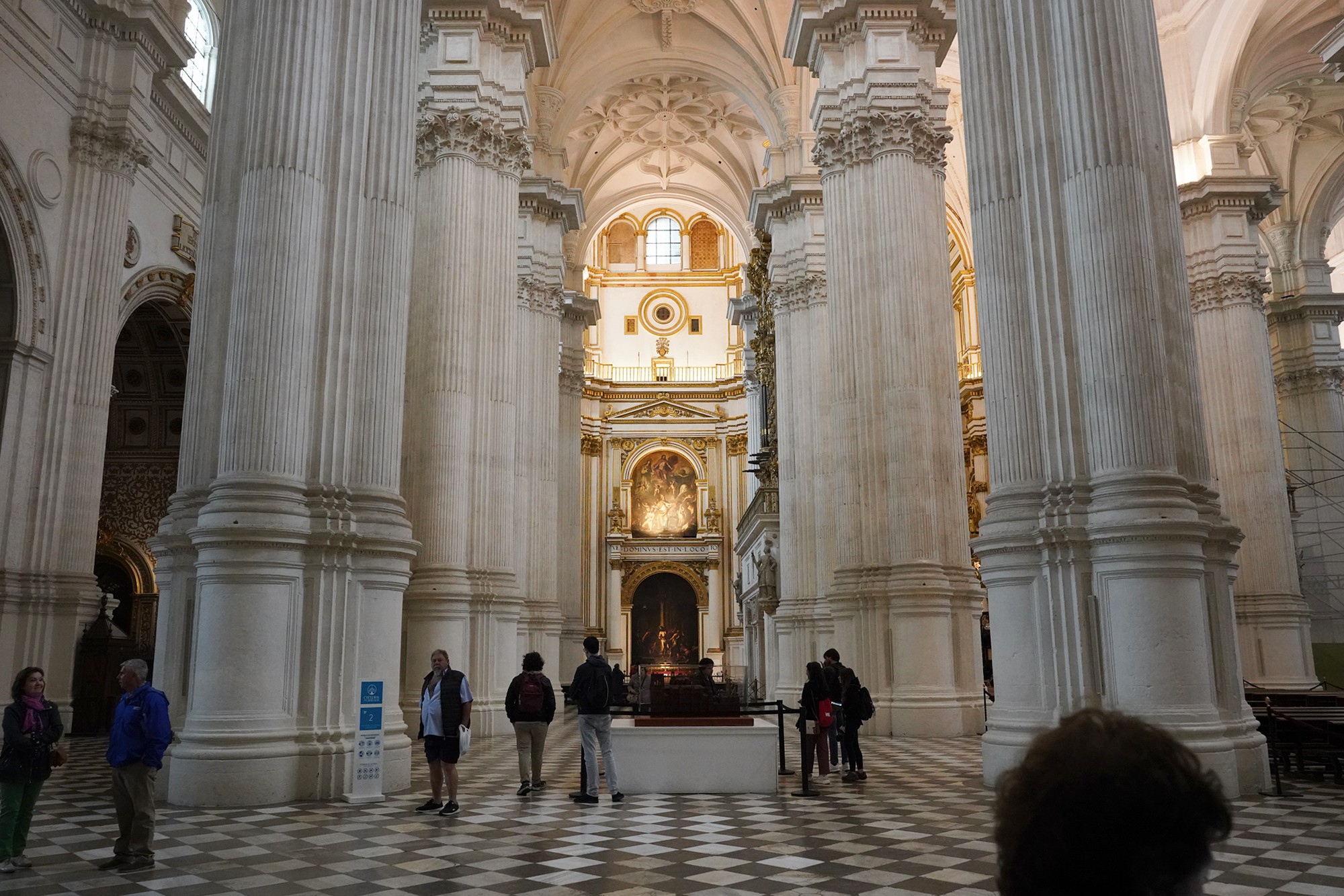
At the center of the church, looking toward the altar
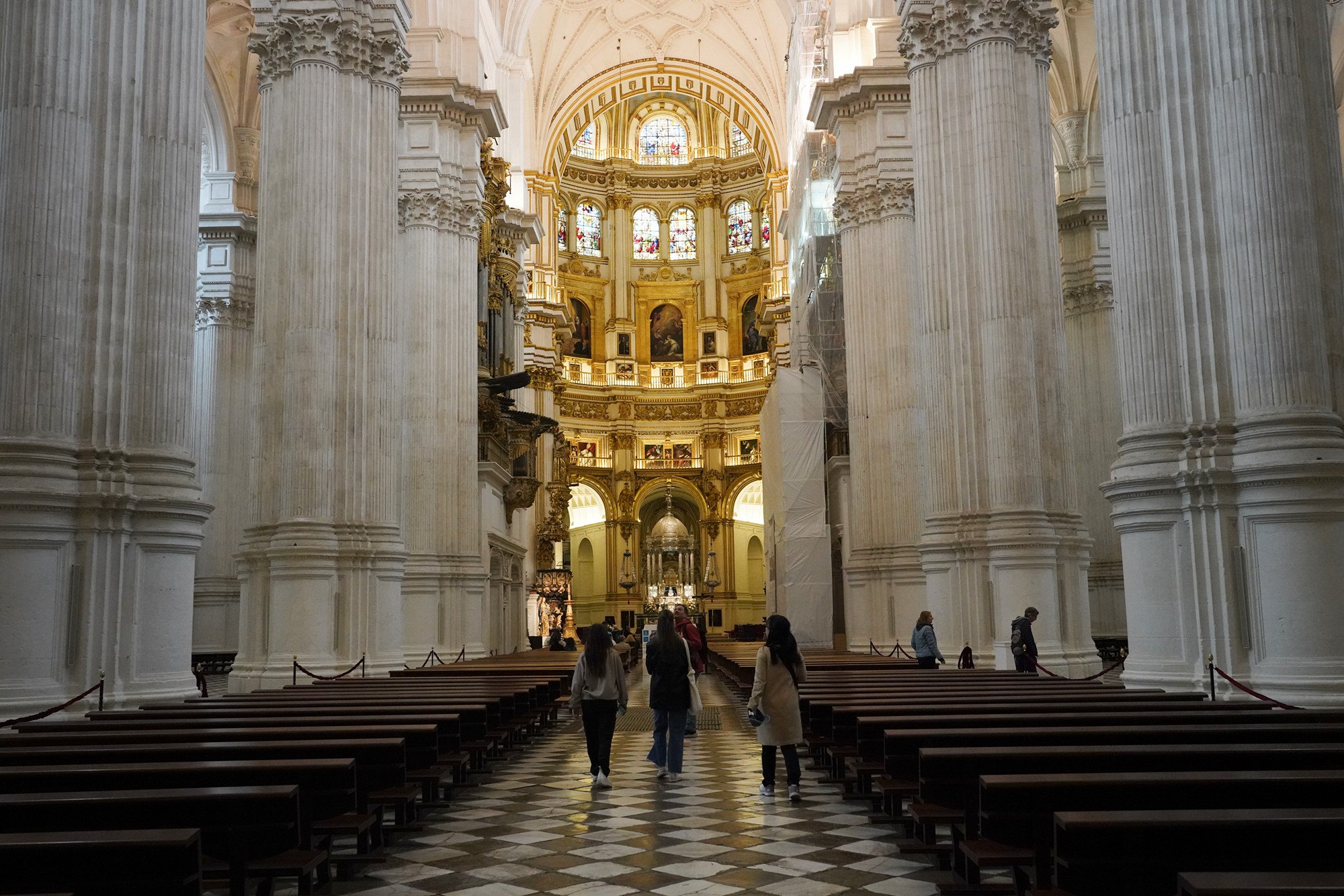
Looking back of the church
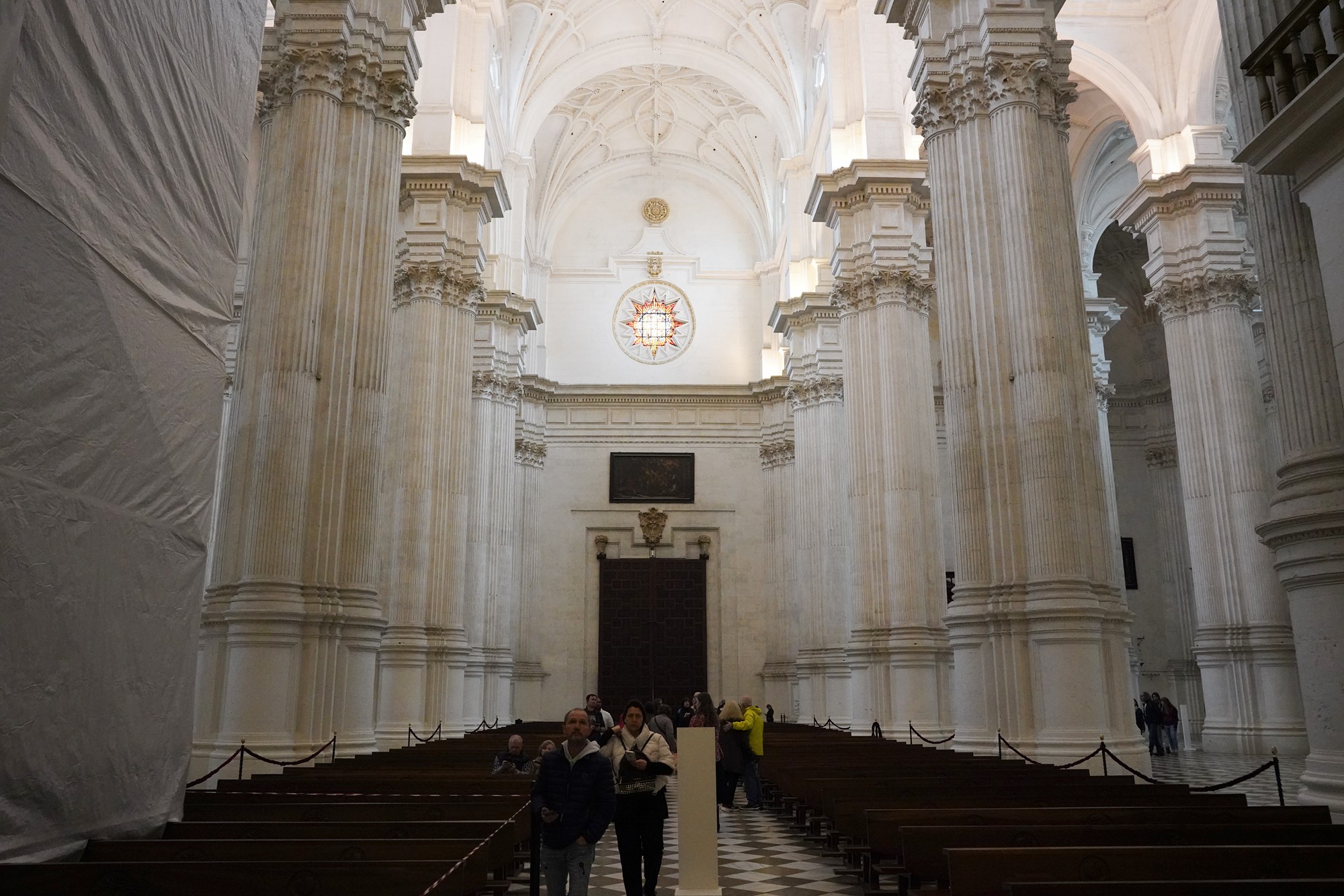
At the right side of the church, looking toward the altar

At the far right side of the church, looking toward the altar. Walking toward the altar

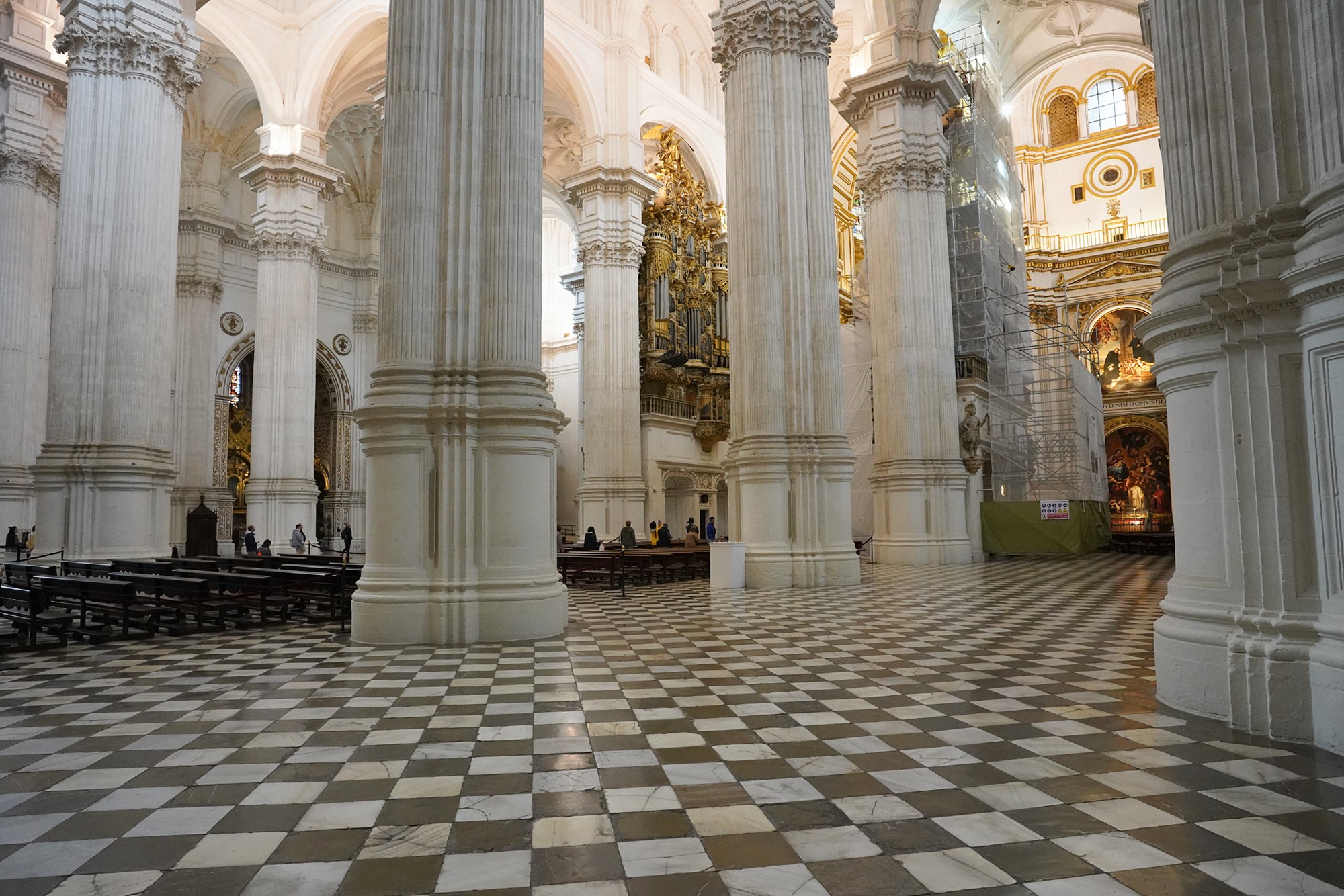
Looking at the left side. In the middle are the benches for the congregations
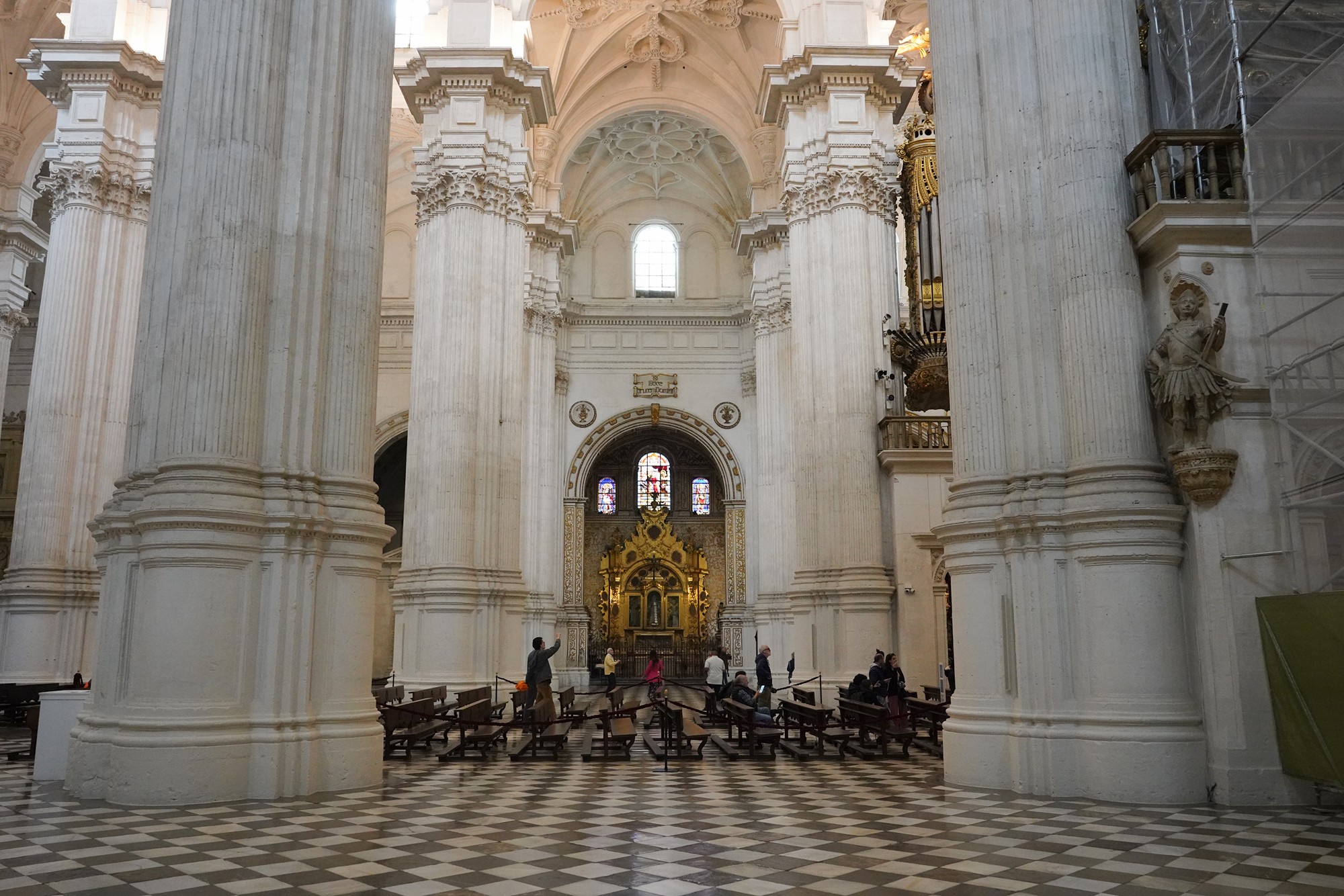
Looking at the altar from the right side of the church
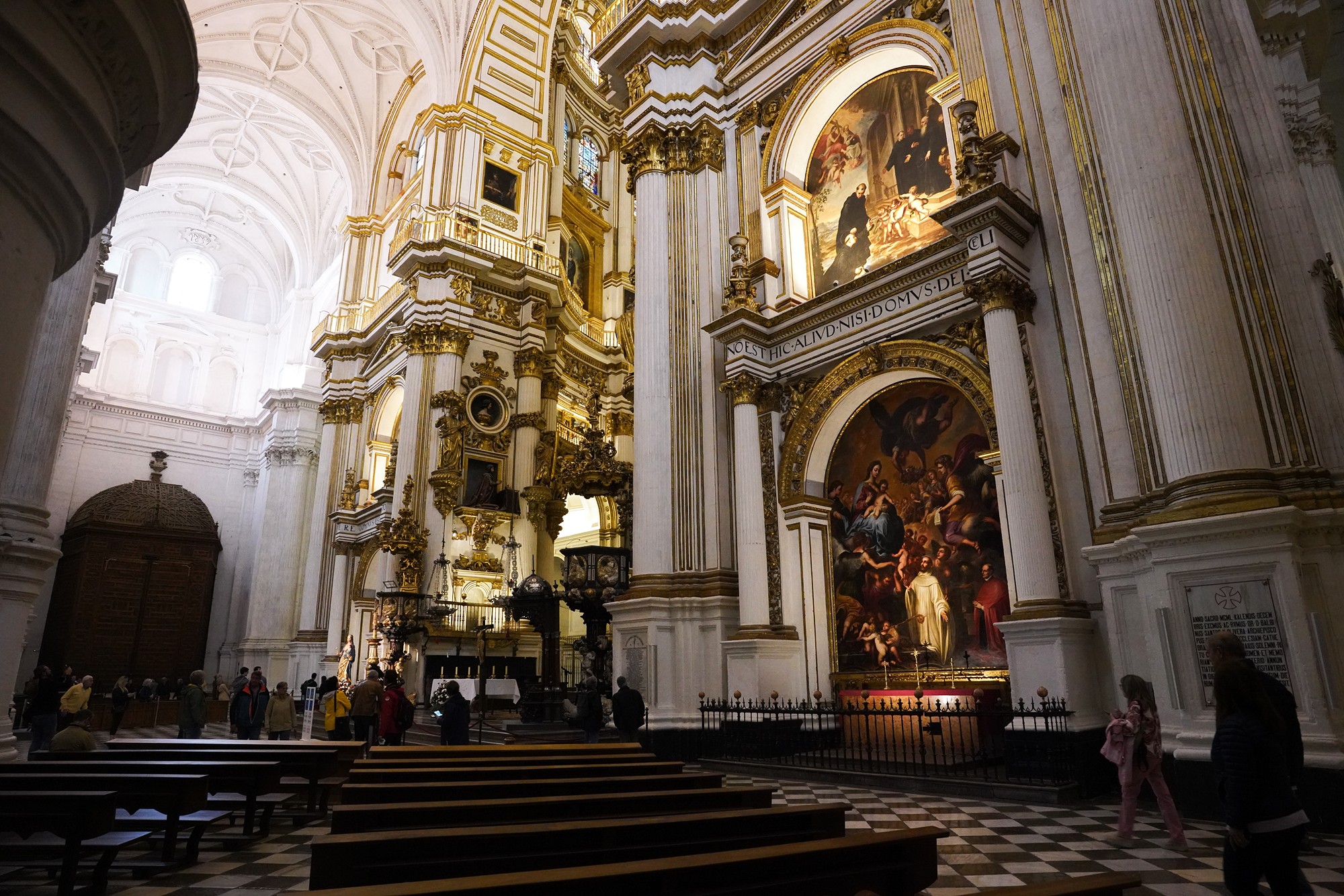
The altar

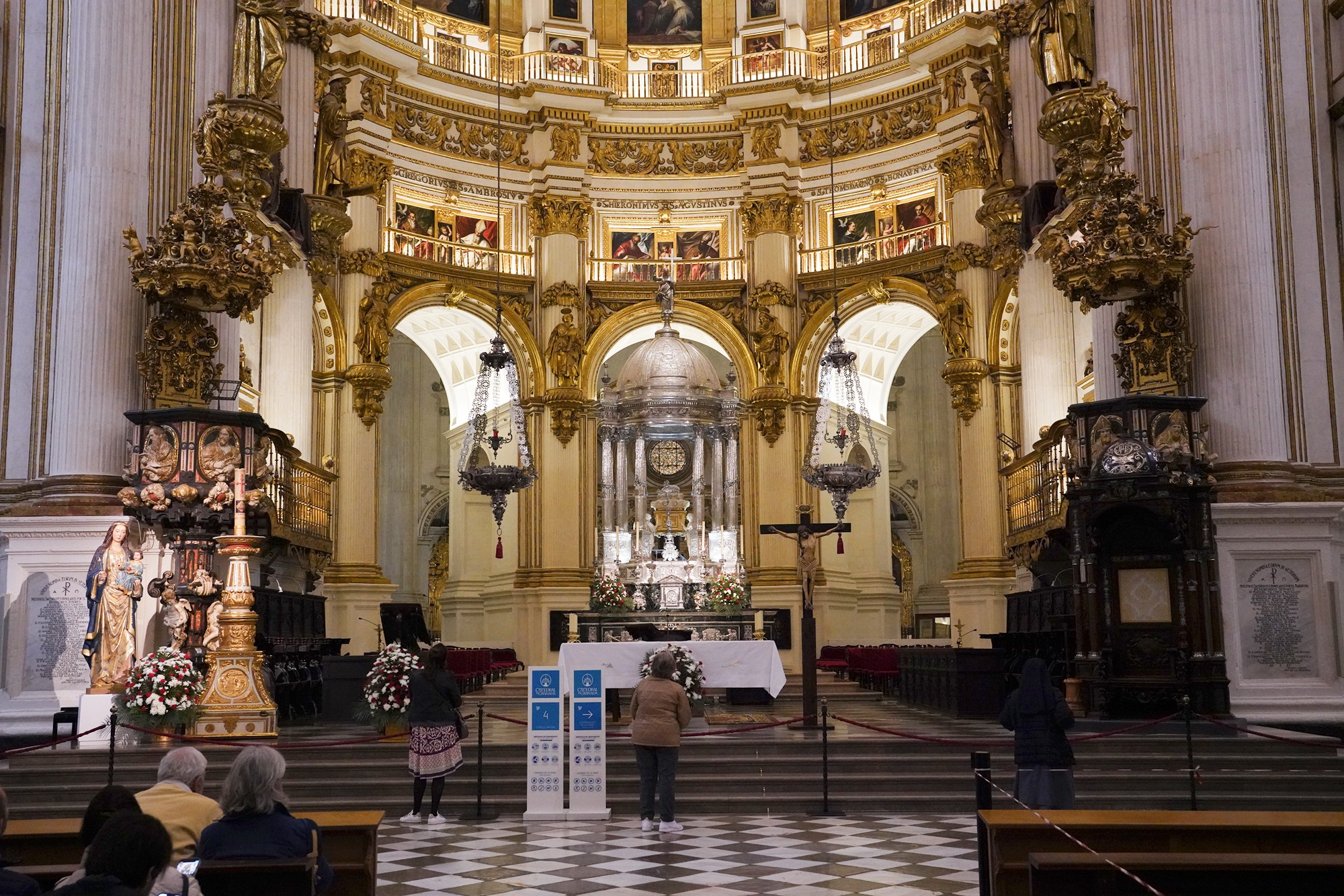

Keep walking past the altar
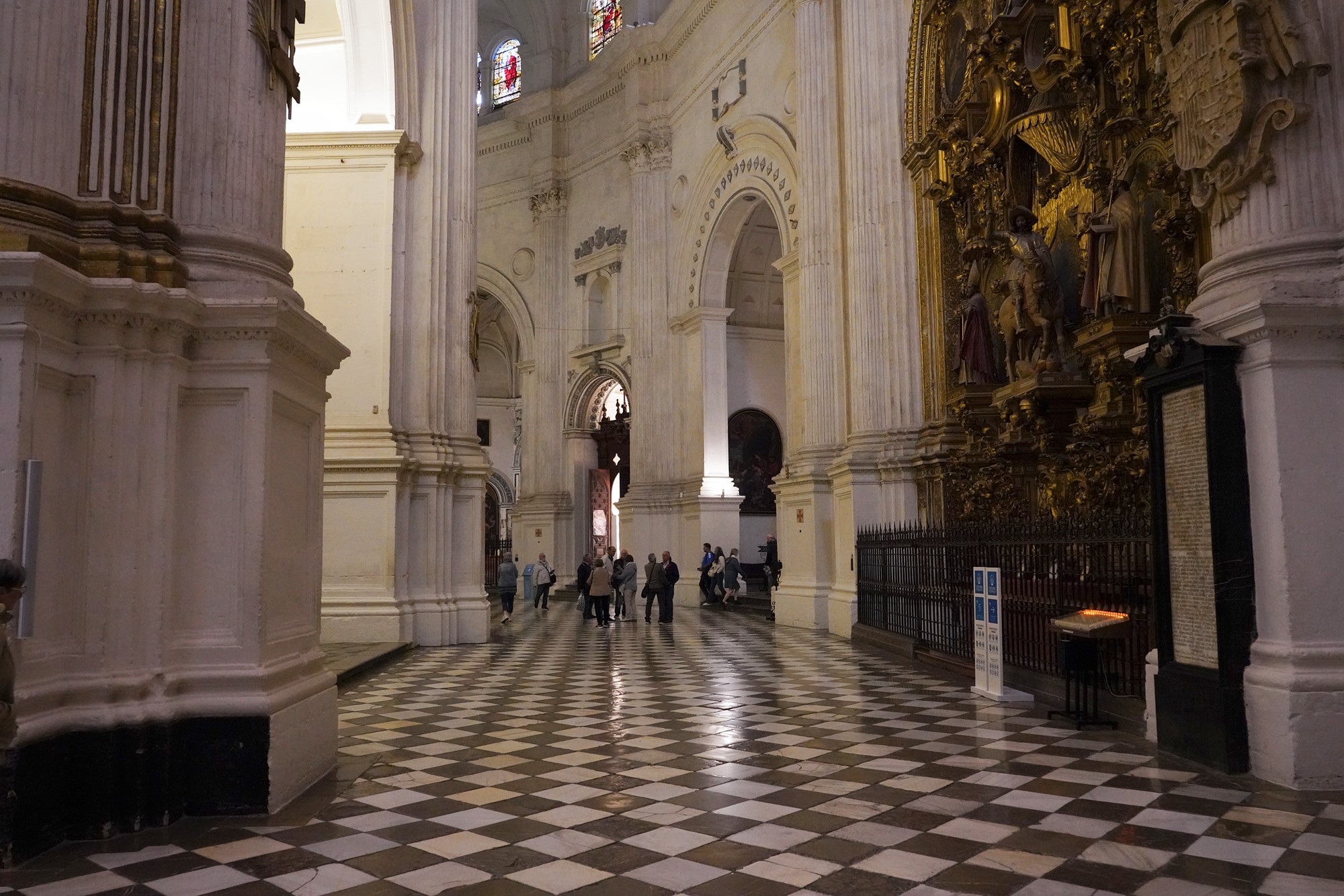
The church’s treasury
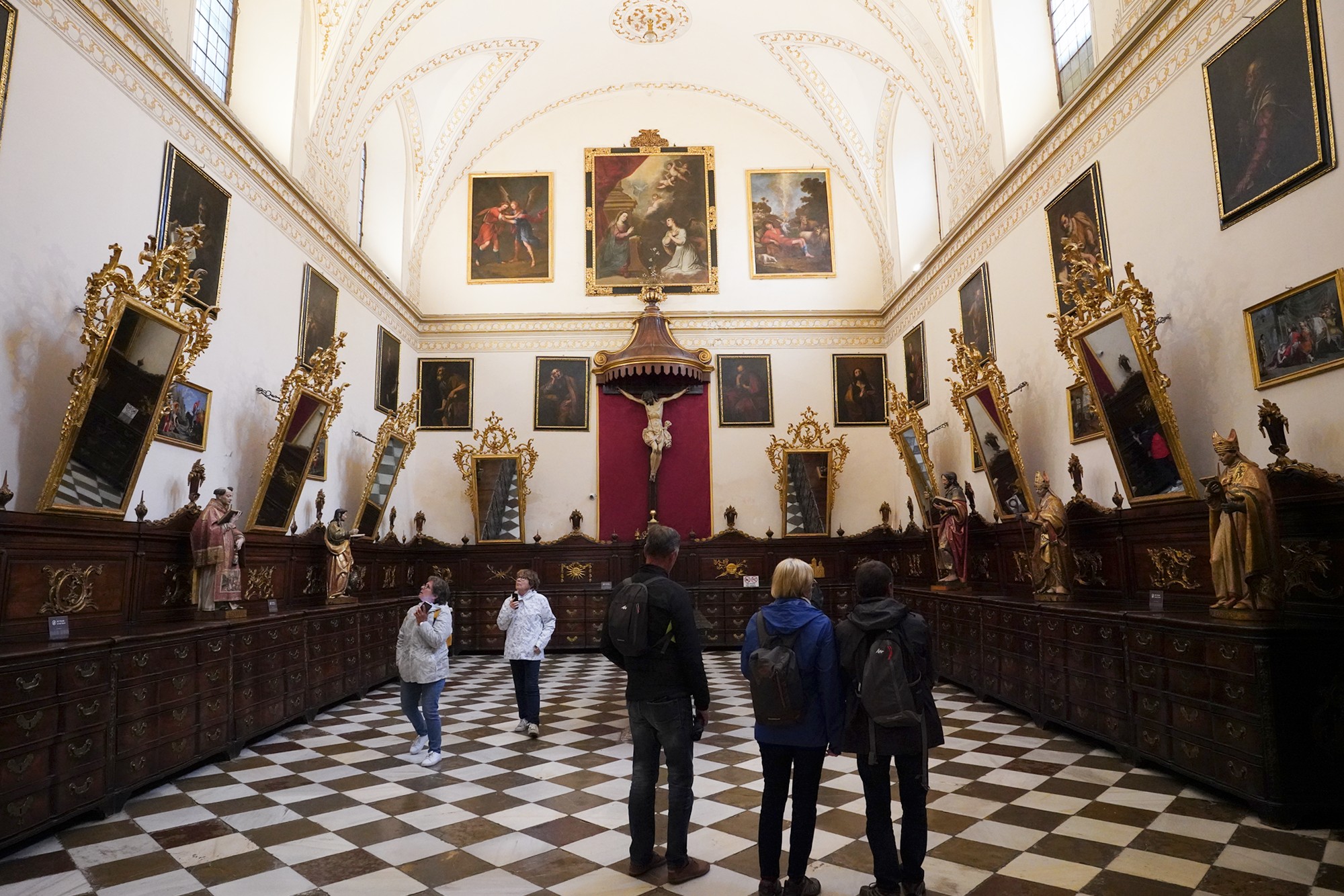
Going around the altar
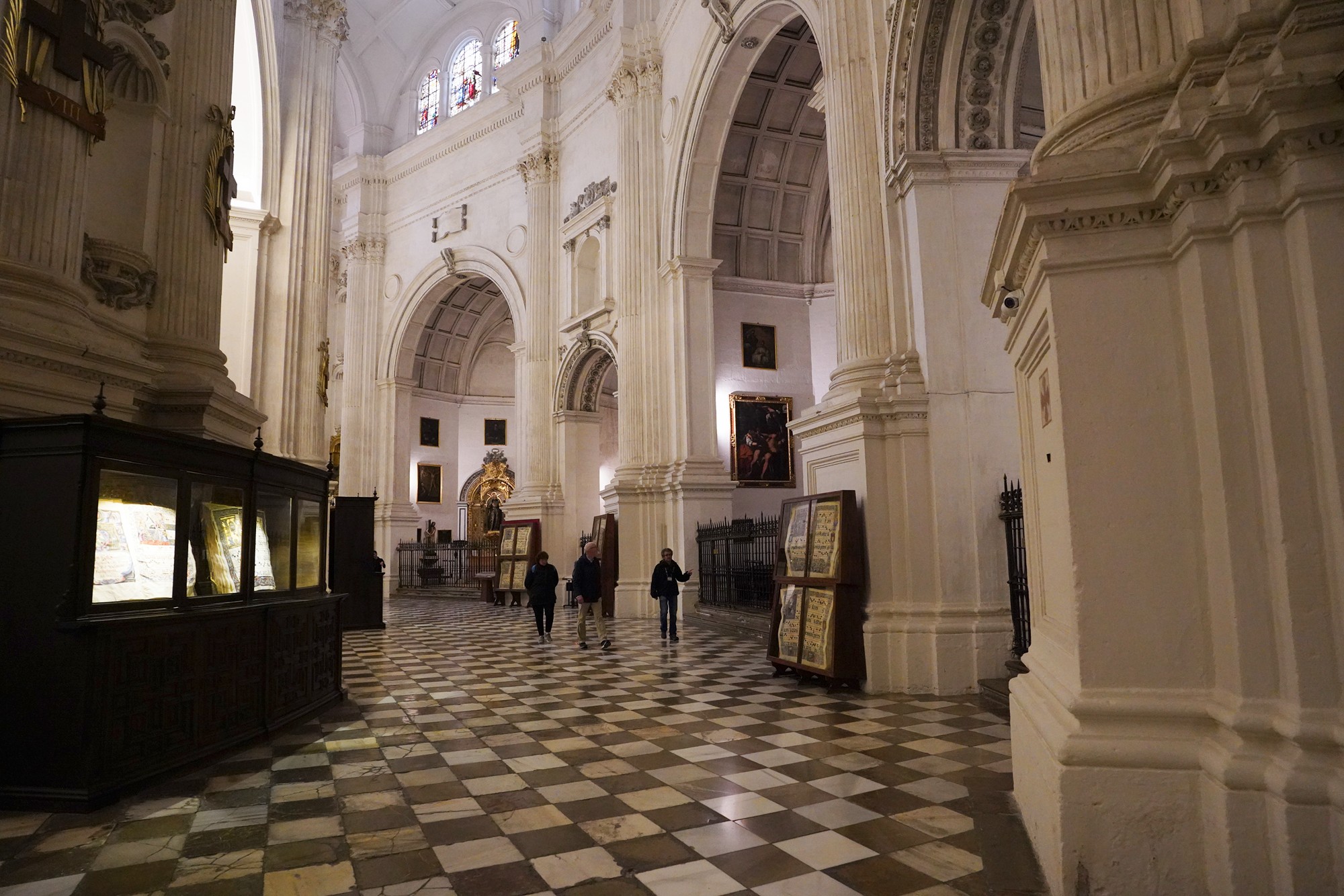
At the left side of the church, looking toward the back of the church

Out from the church and walked to Plaza Isabel La Católica

The square is named after Queen Isabella I, known as Isabel La Católica, who played a crucial role in Spain’s history. Queen Isabella and her husband, King Ferdinand II, granted Christopher Columbus the resources for his voyage to the Americas. The sculpture is Queen Isabella with Christopher Columbus.
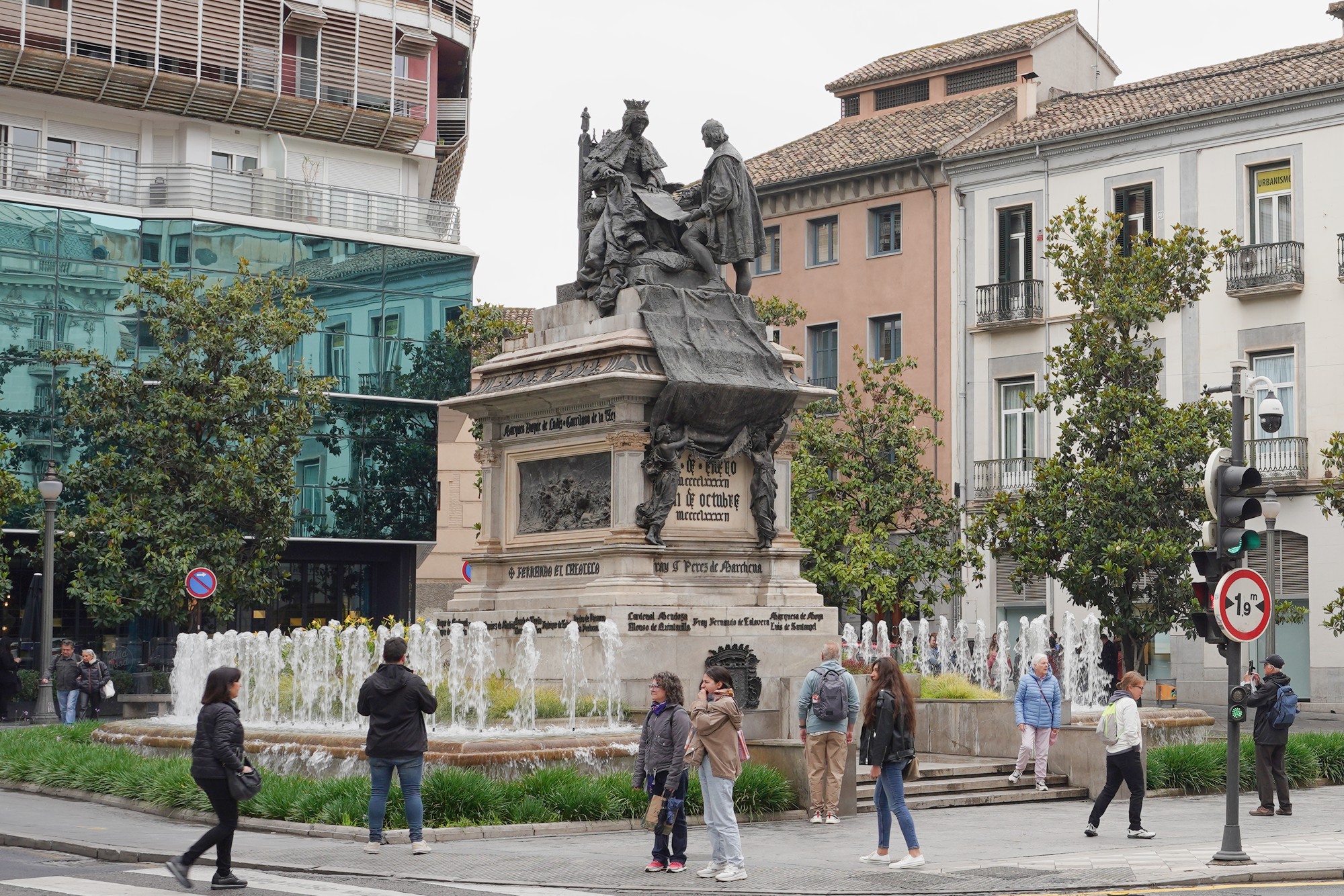
Walking toward the Plaza Nueva de Granada

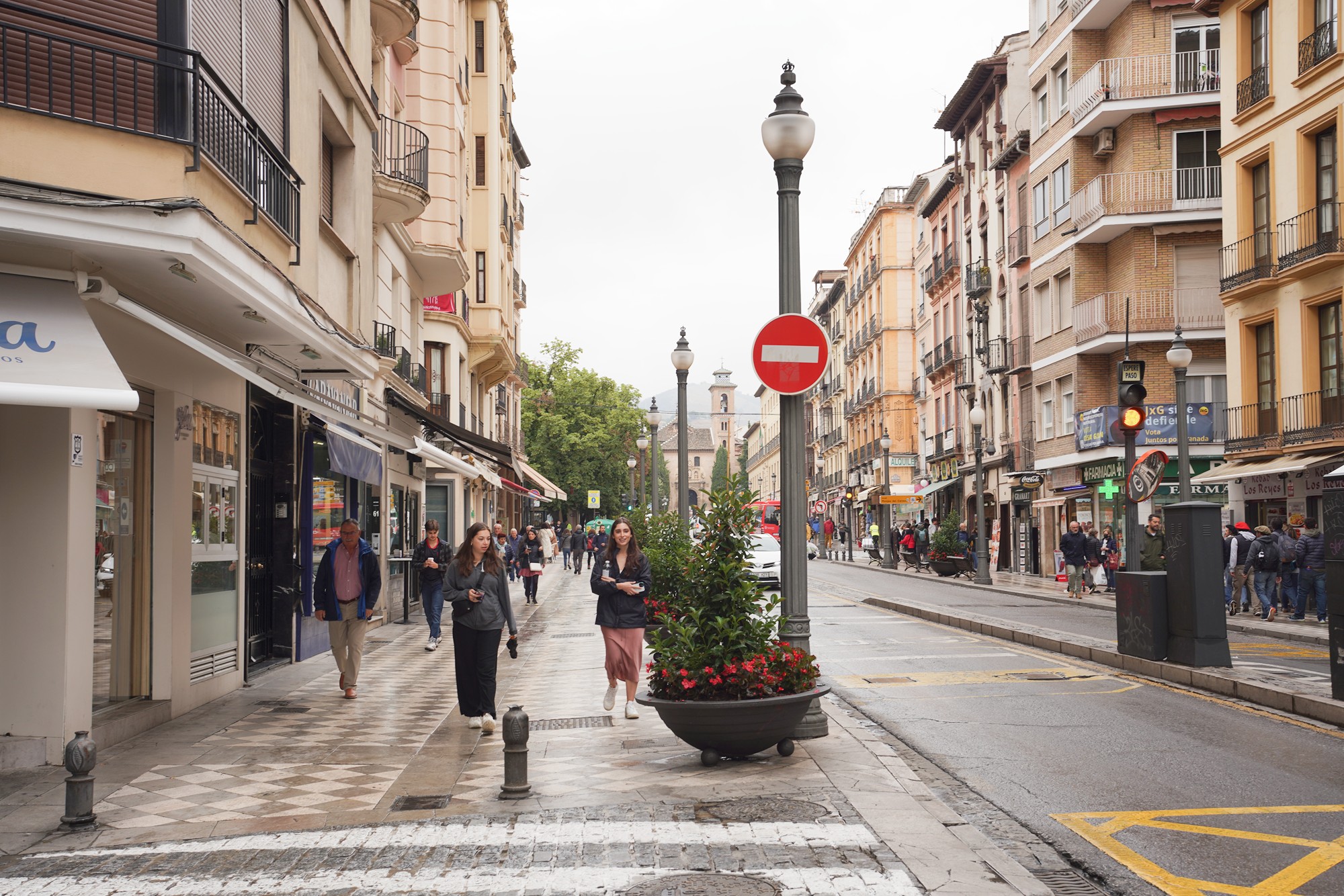
Plaza Nueva de Granada is one of the city’s main squares and serves as a central gathering point for both locals and visitors.
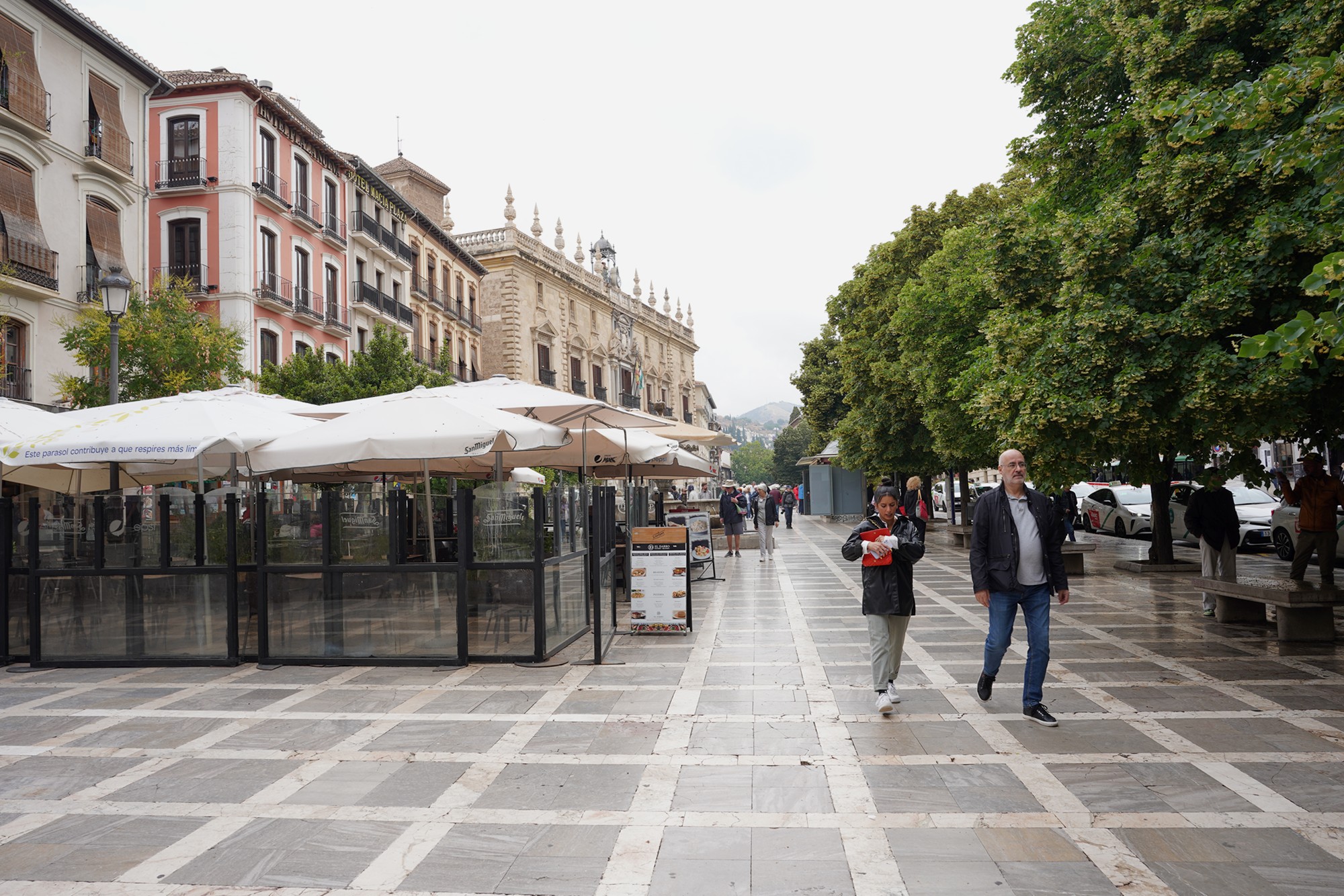
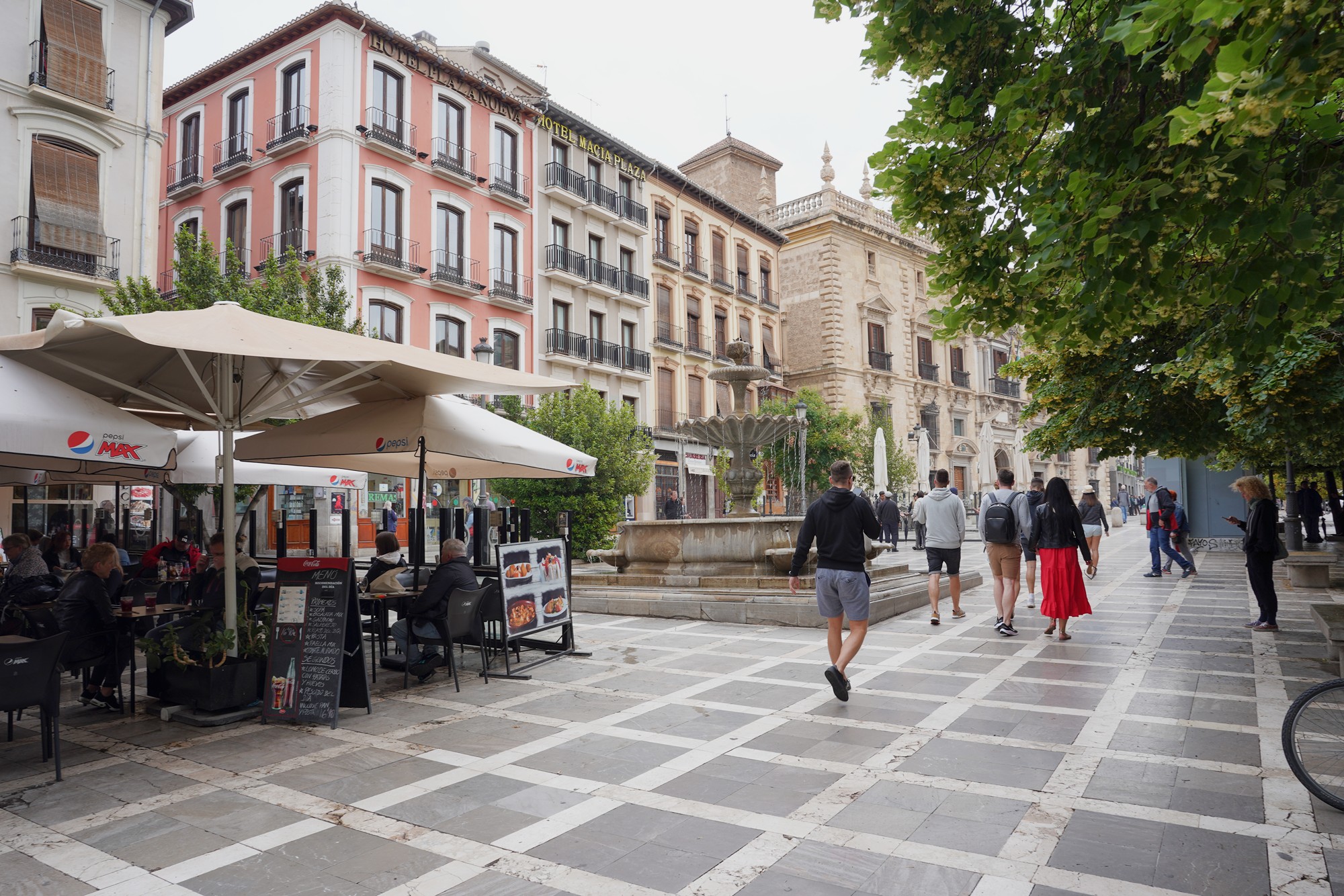
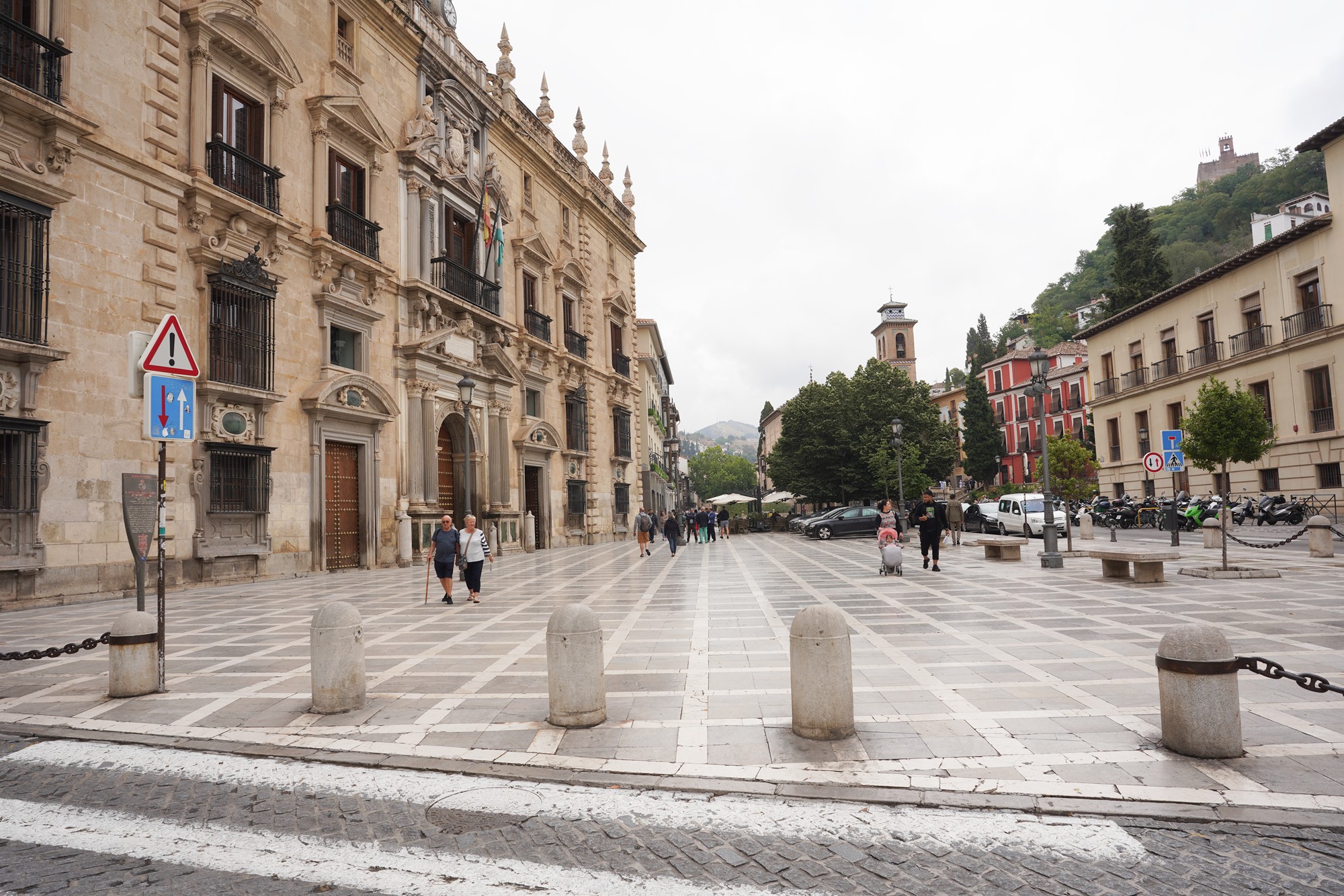
From the plaza, I took a bus to Mirador de San Nicolás
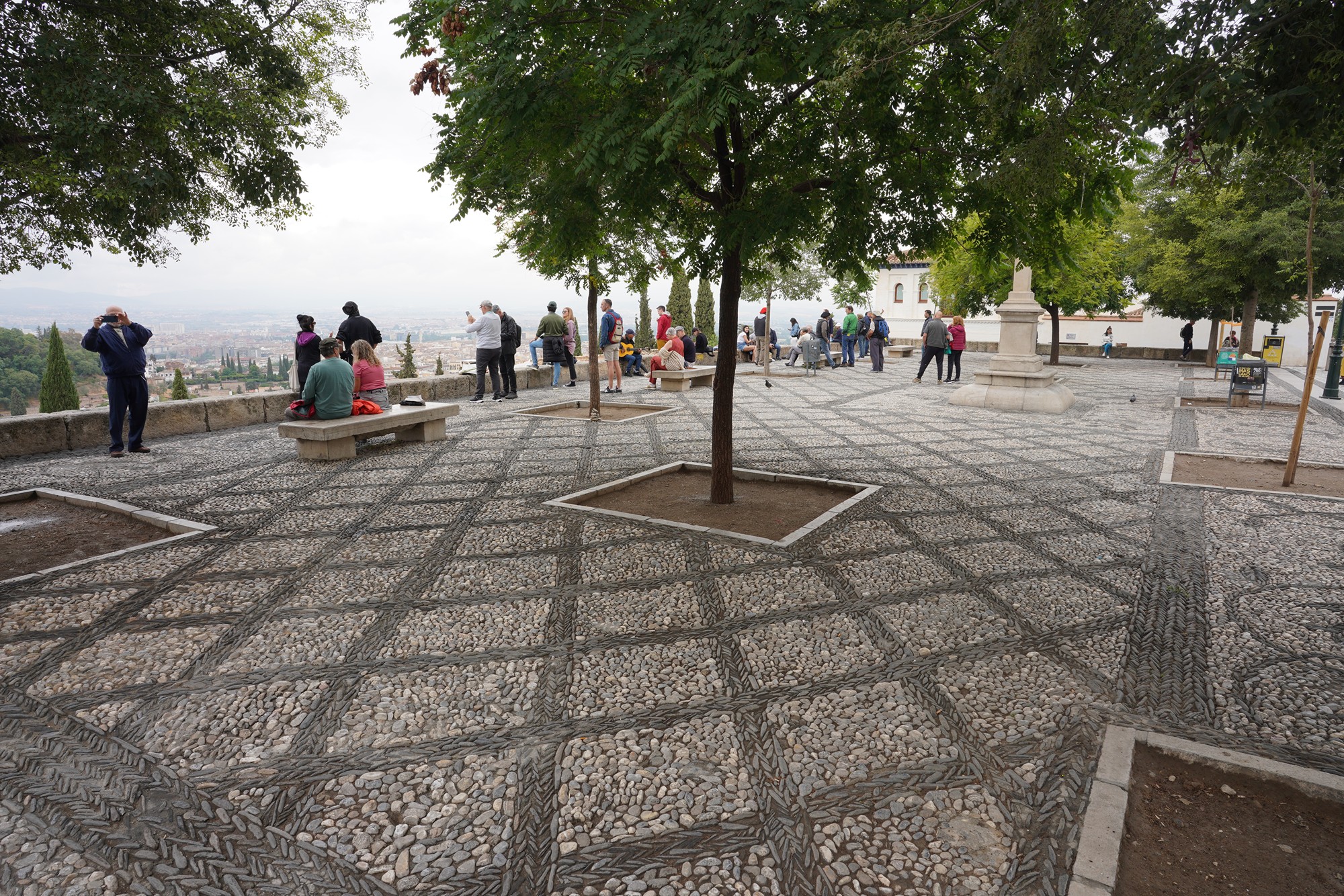
San Nicolas viewpoint is where you can see Alhambra de Granada


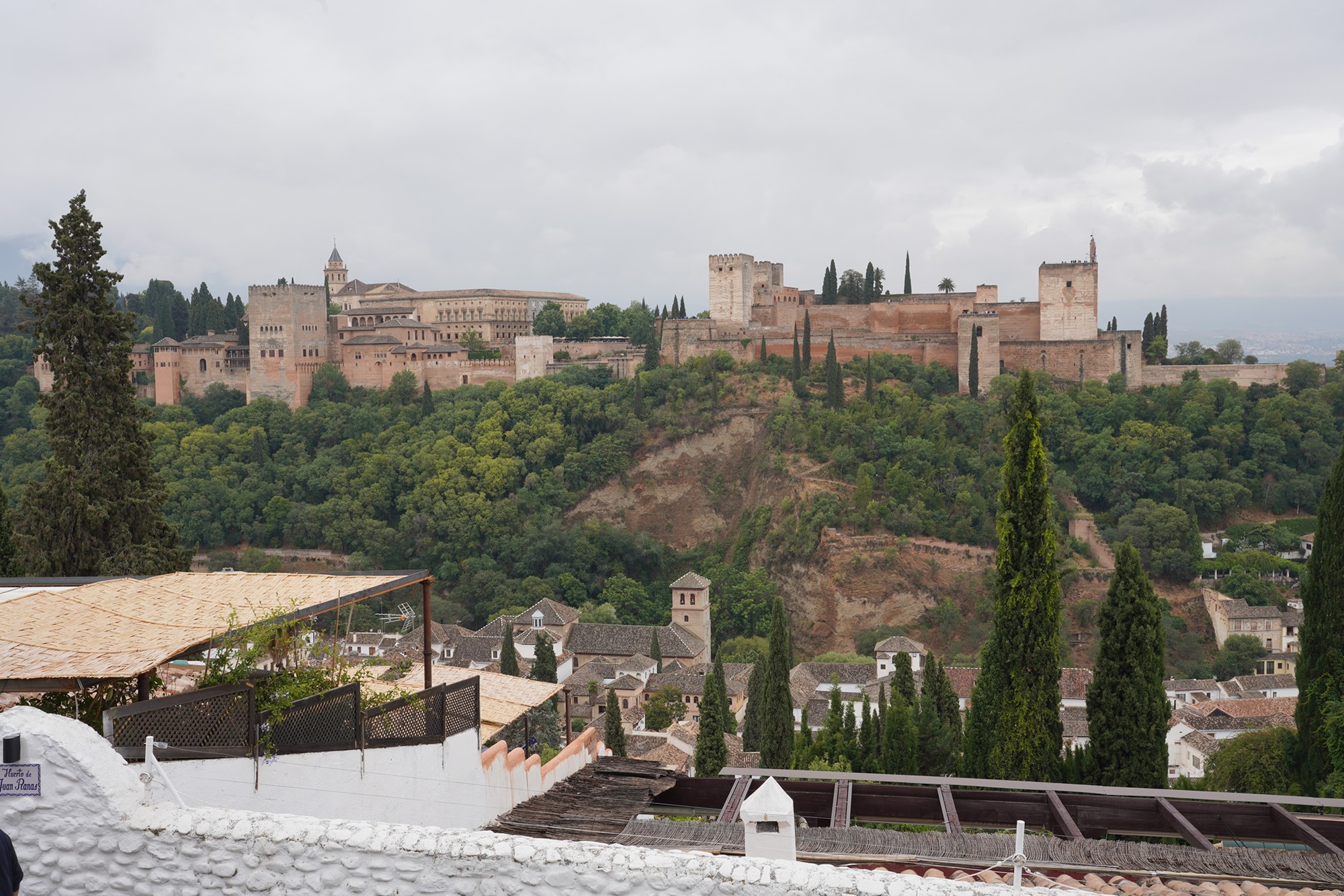
From a restaurant on the hill
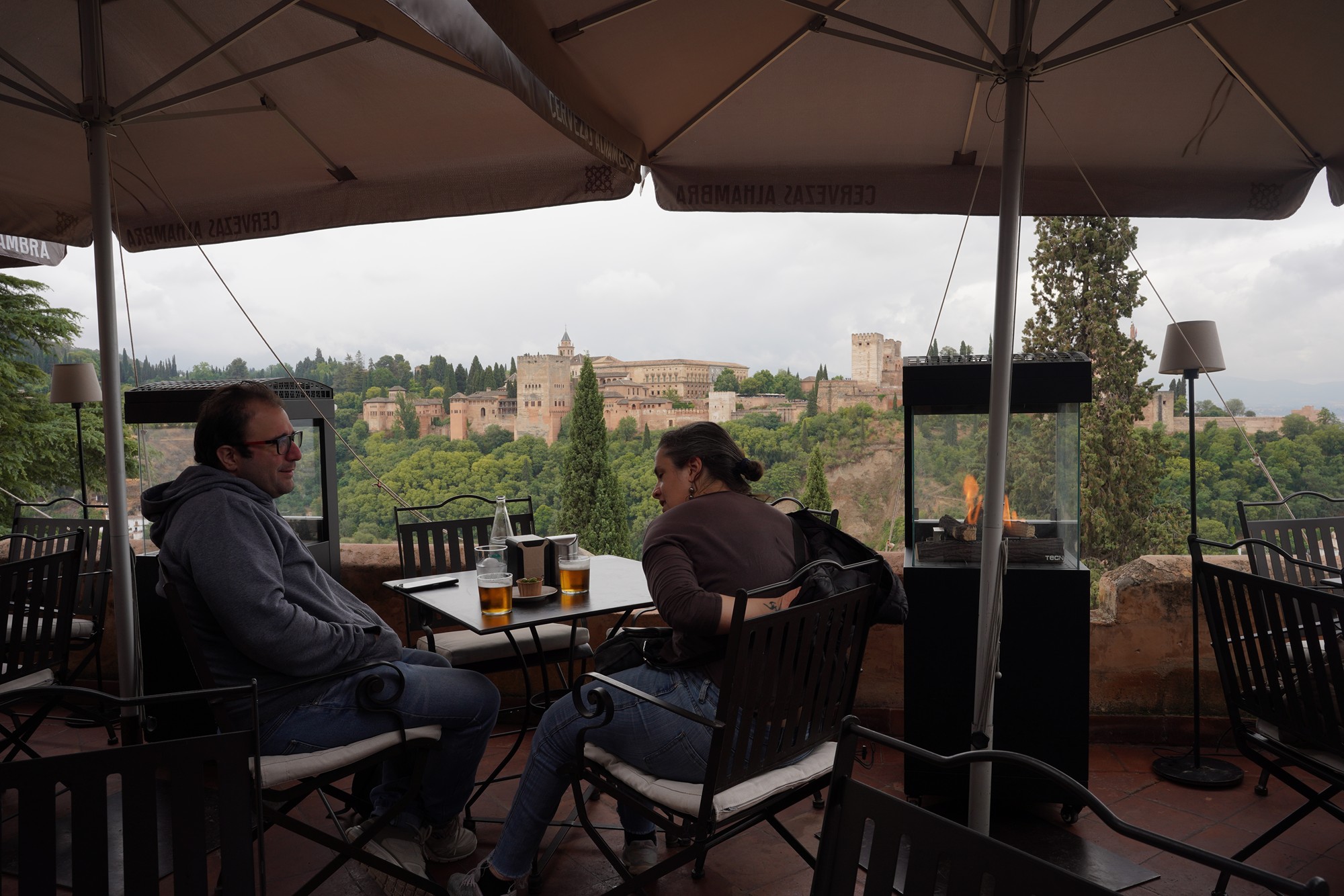
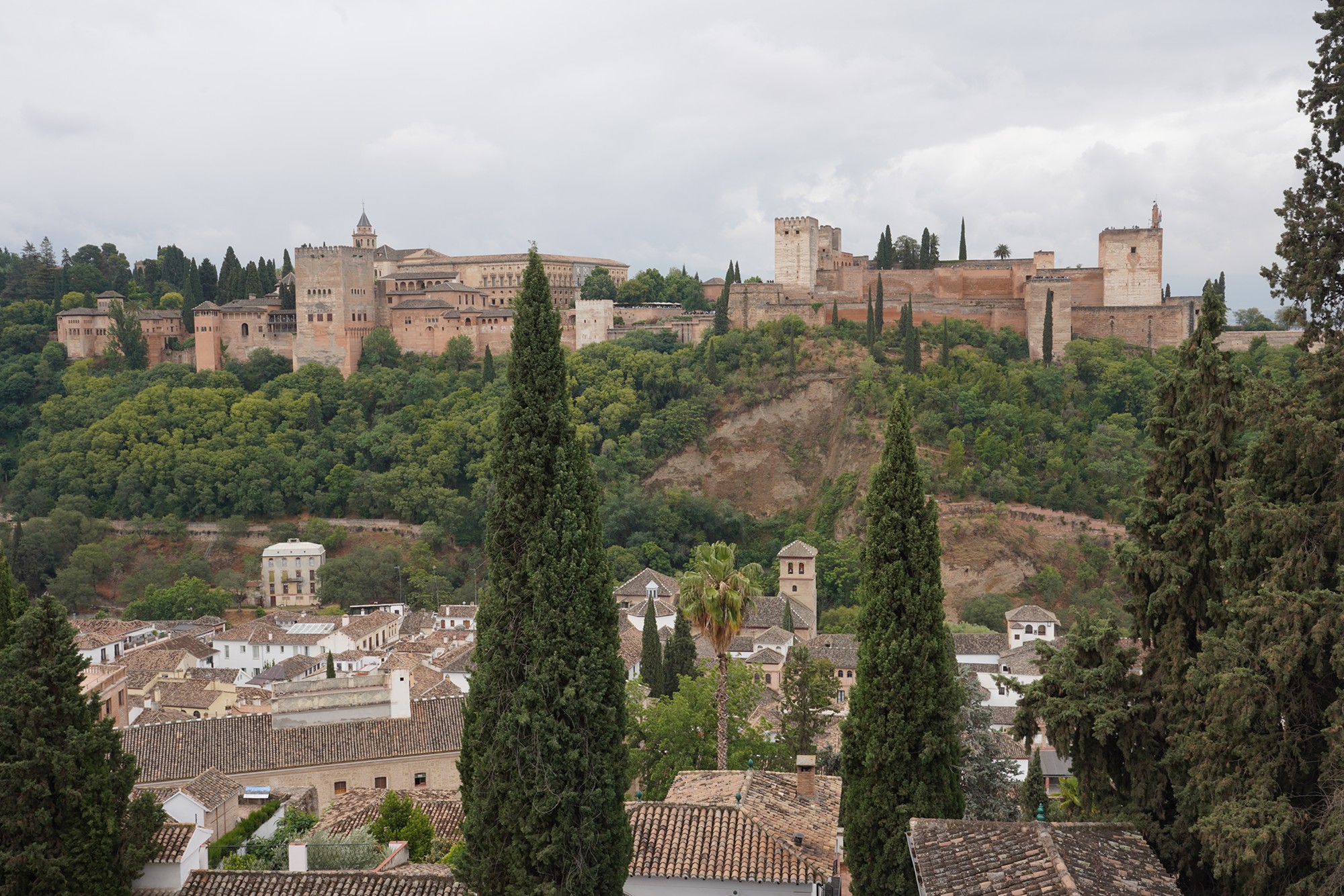
A short walk from the view point is The Royal Convent of Saint Isabel
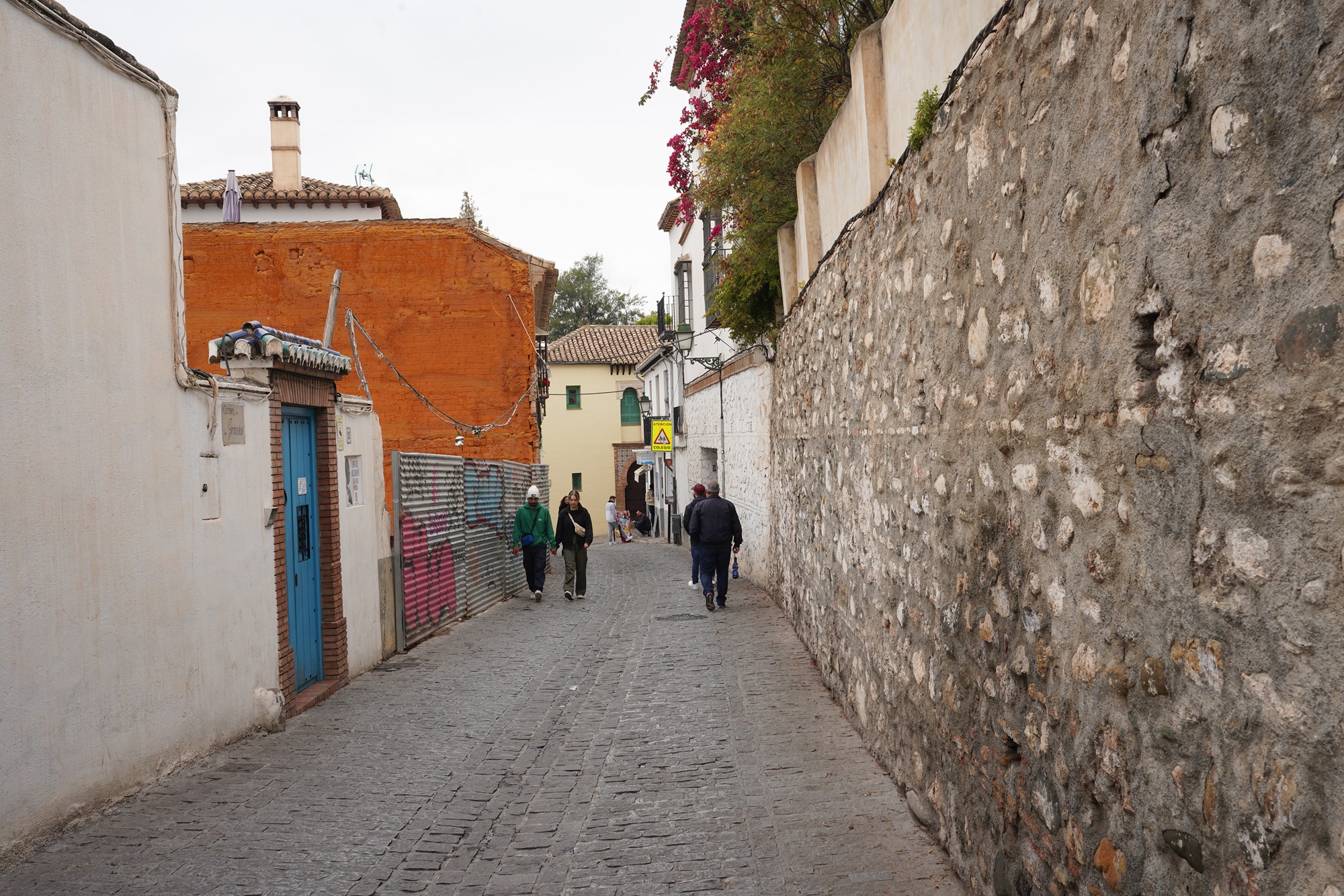
But it was not opened
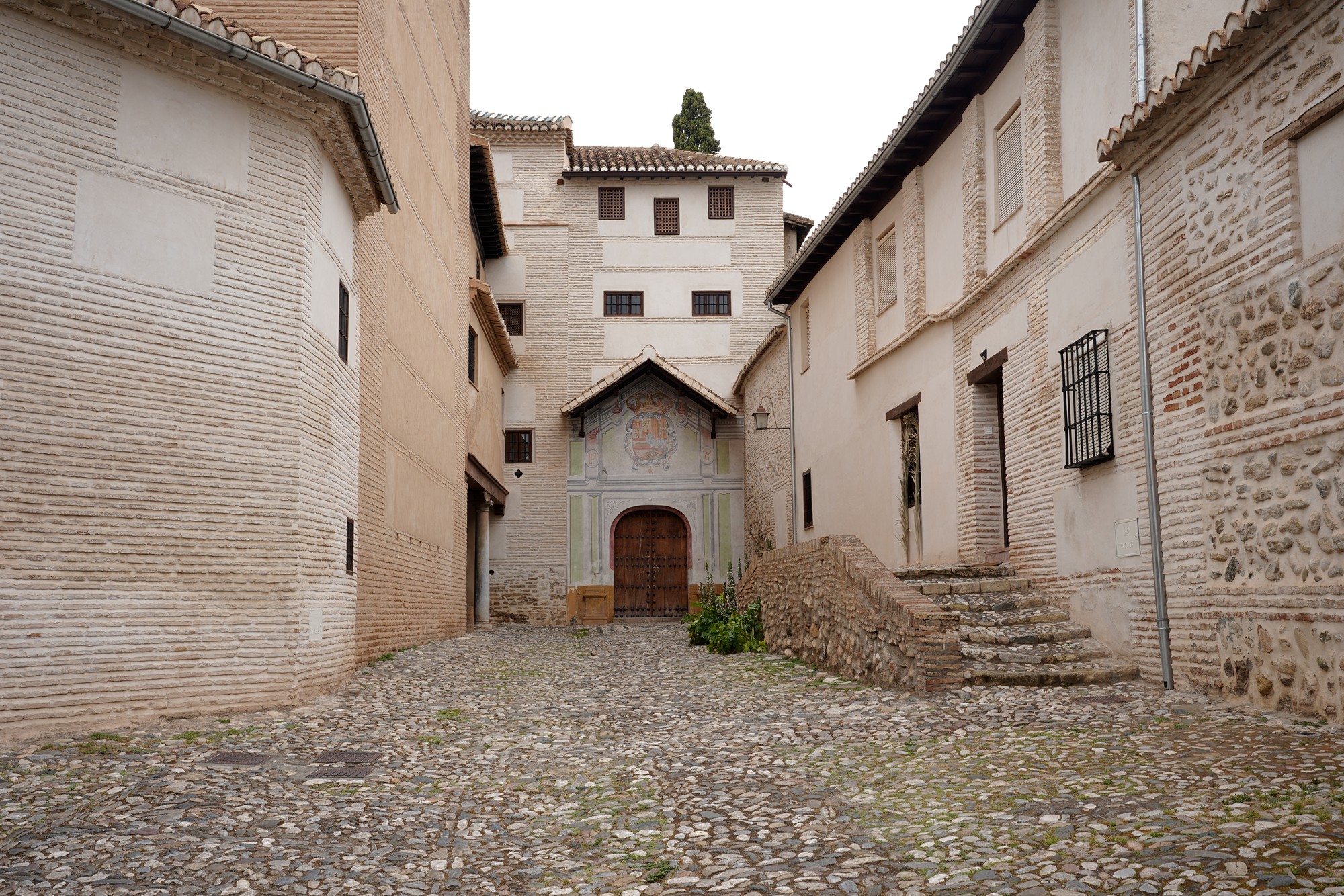
Walking down the hill. This area is called Albaicín

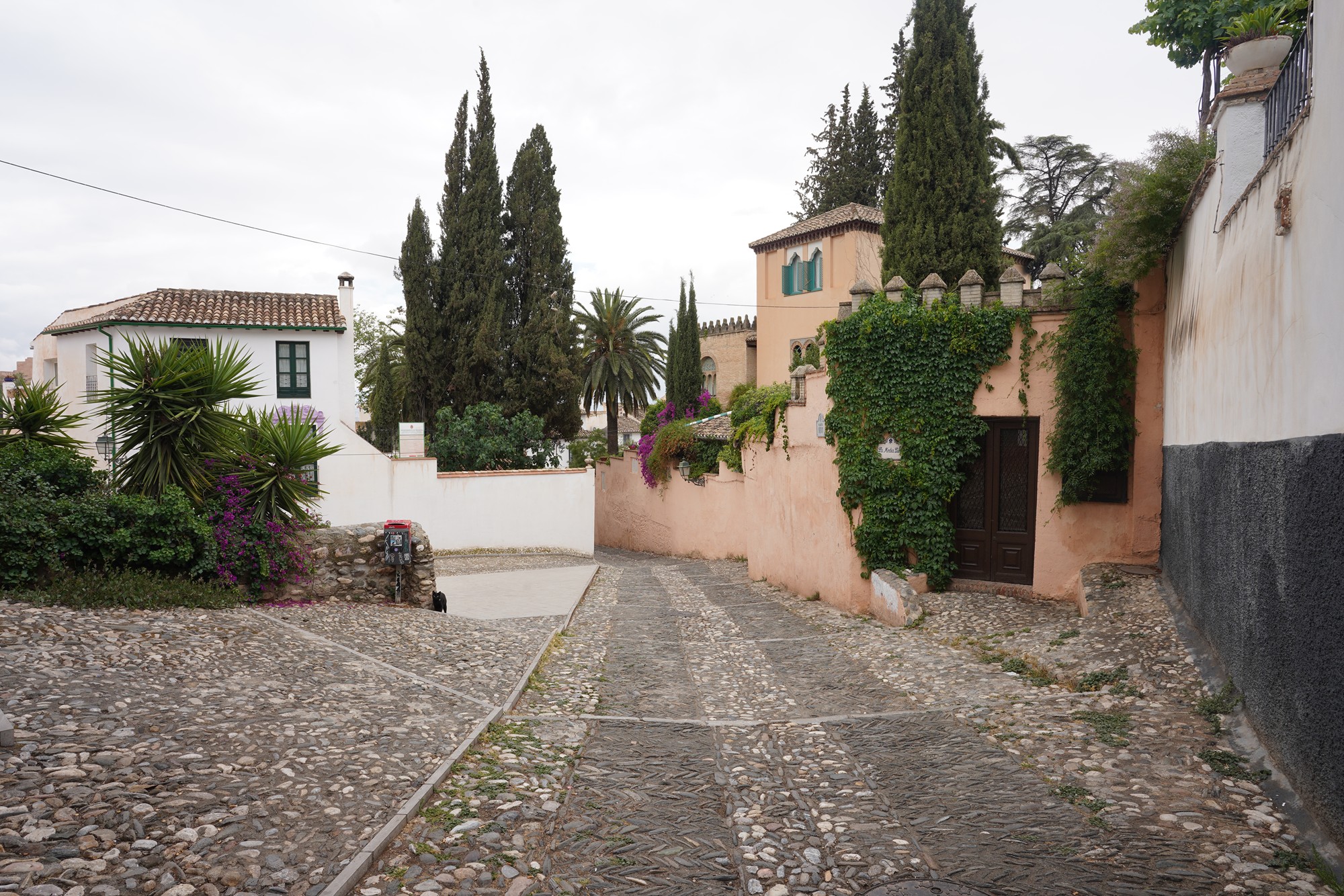
The Albaicín dates back to the Moorish period of Spain and was once the center of Muslim culture in Granada. It was built on the hillside facing the Alhambra, the famous Moorish palace complex, and served as the residence for the city’s nobility.
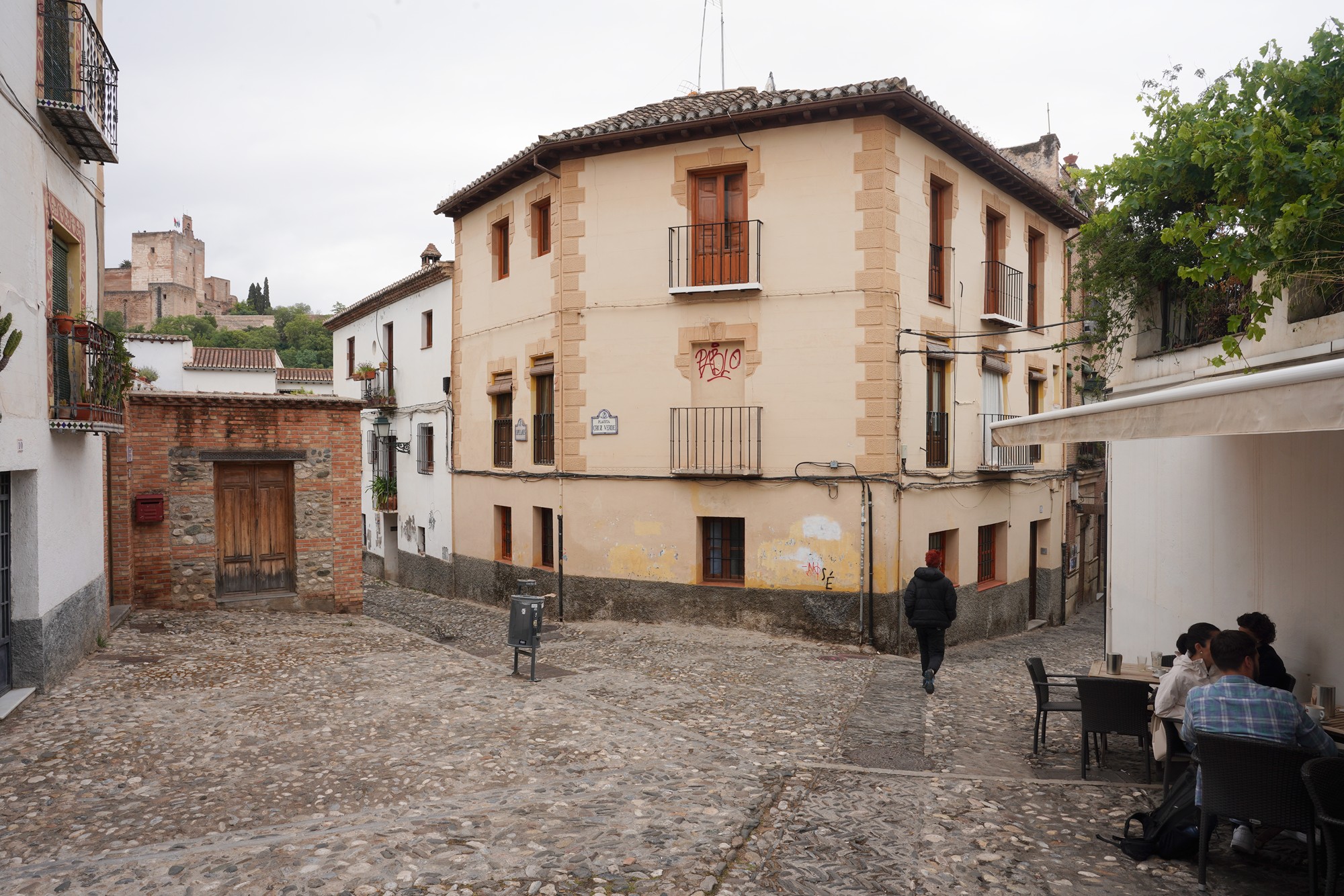
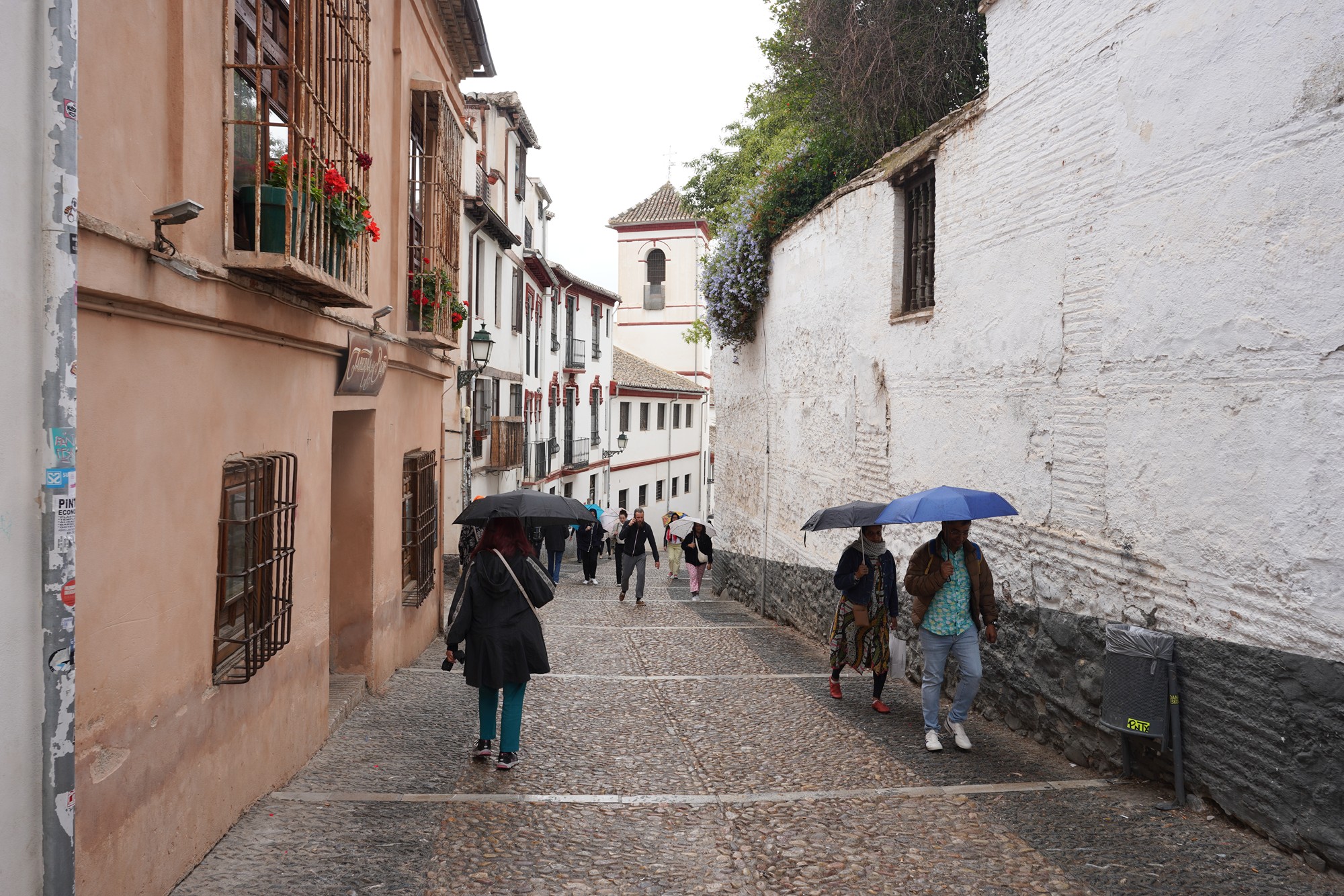
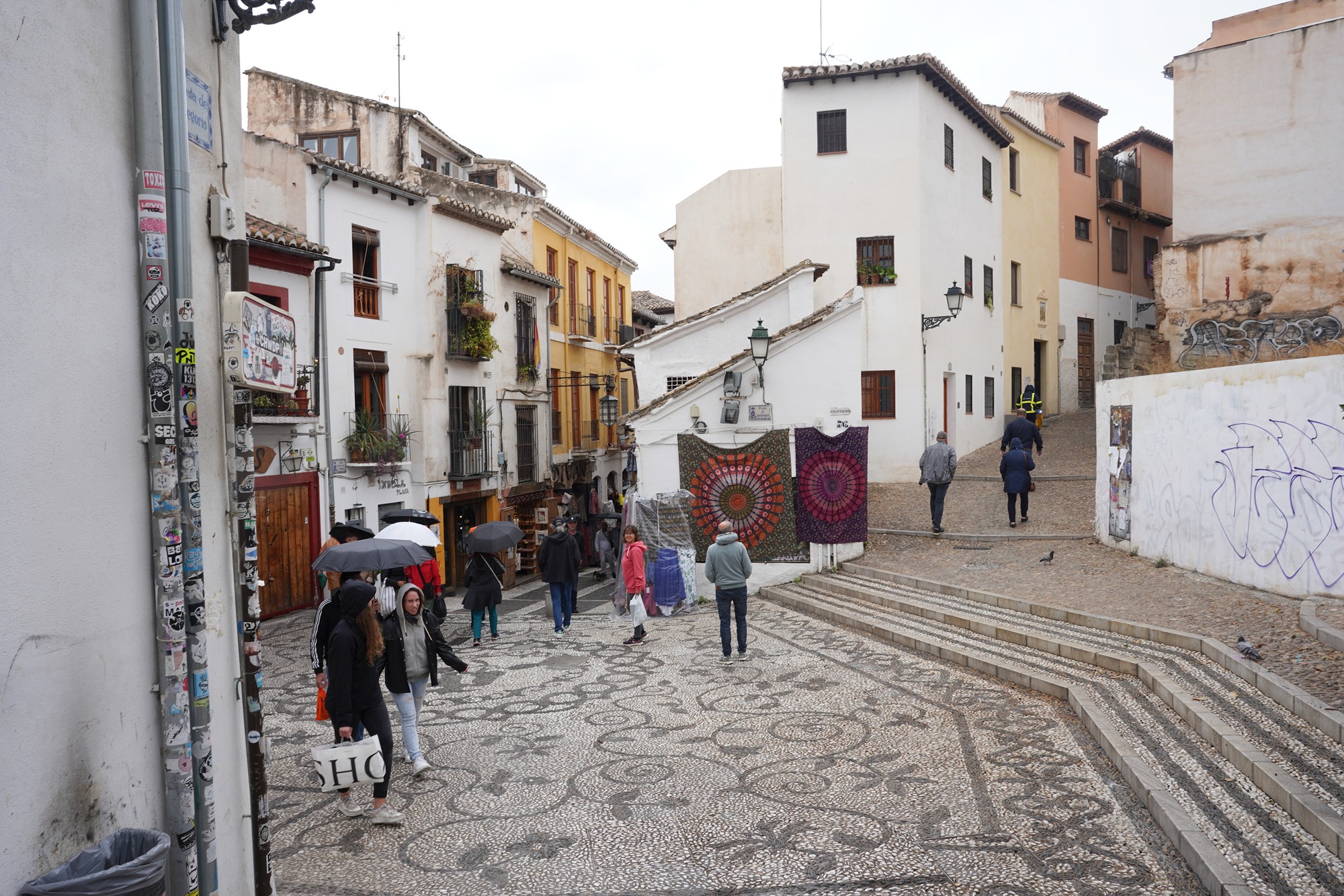

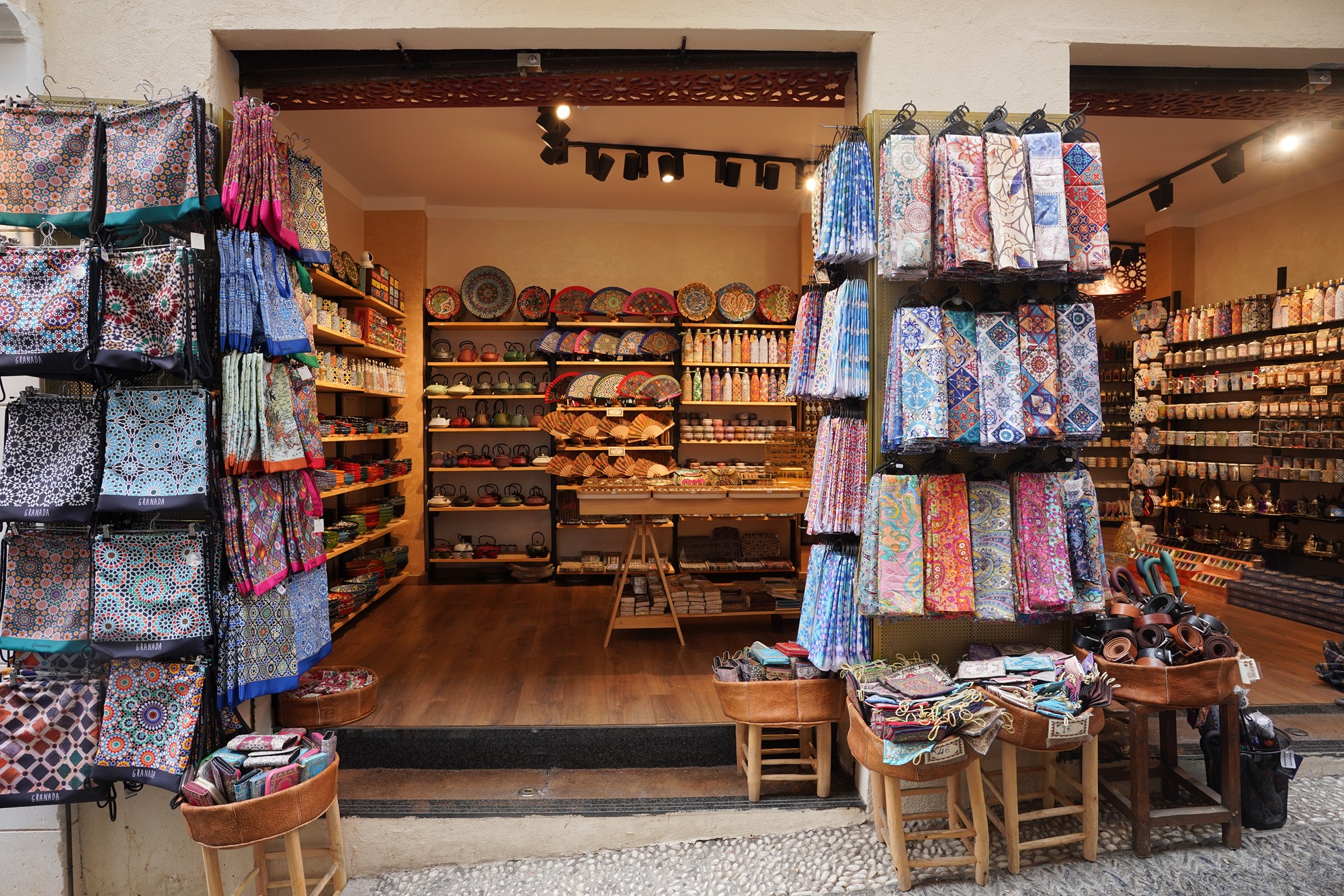

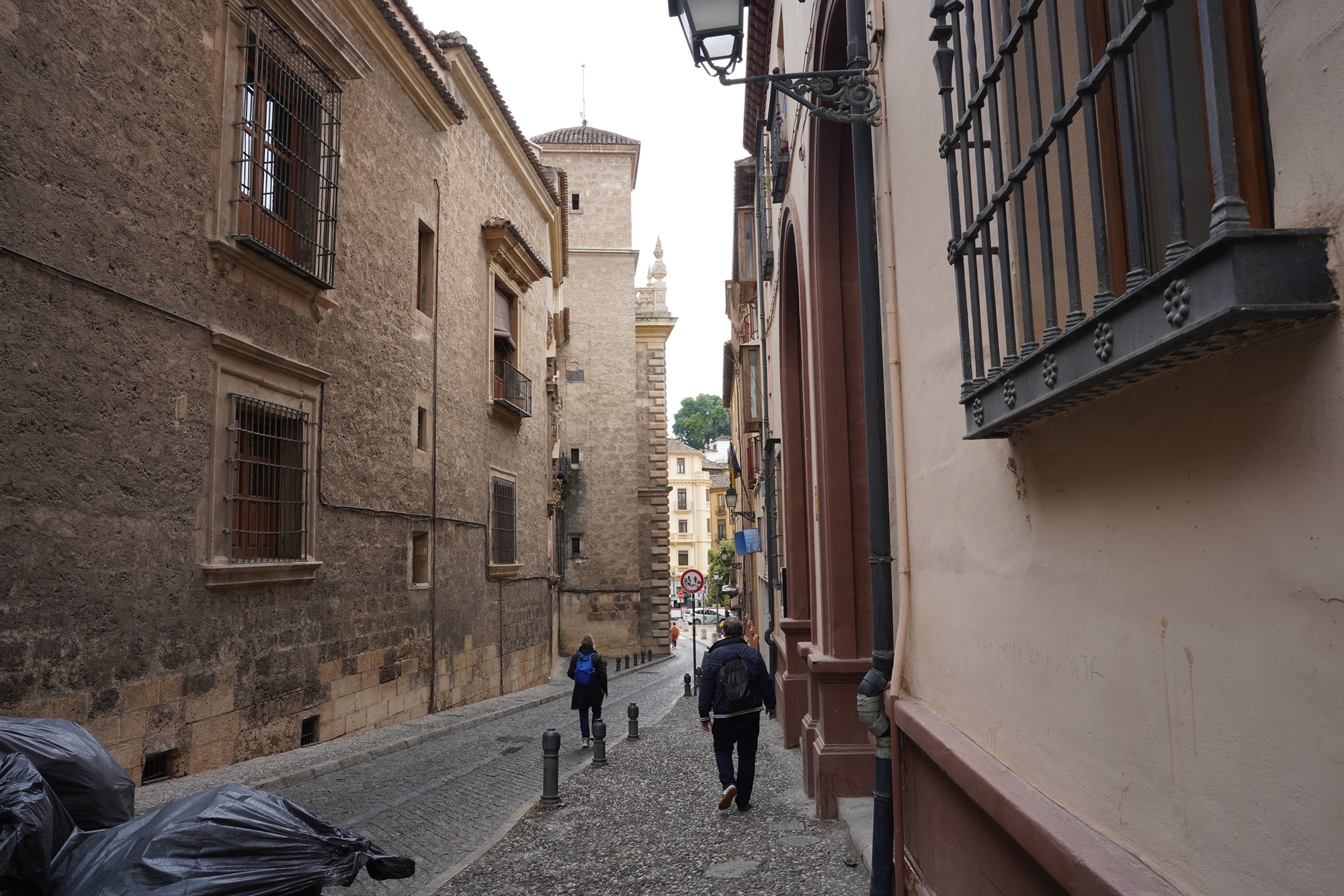
Came back to Plaza Nueva de Granada
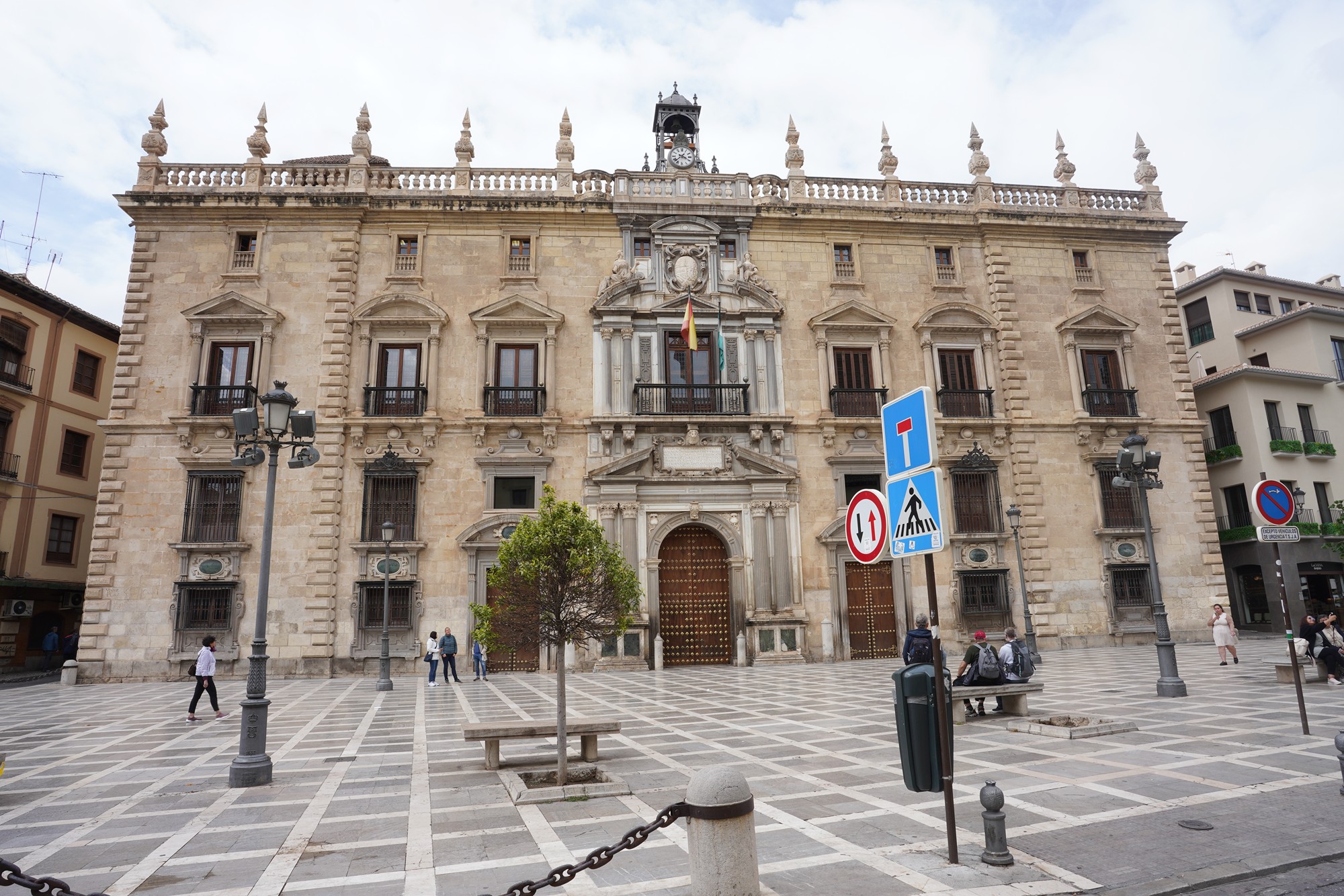
Following the road toward the northeast, the road narrows near a river
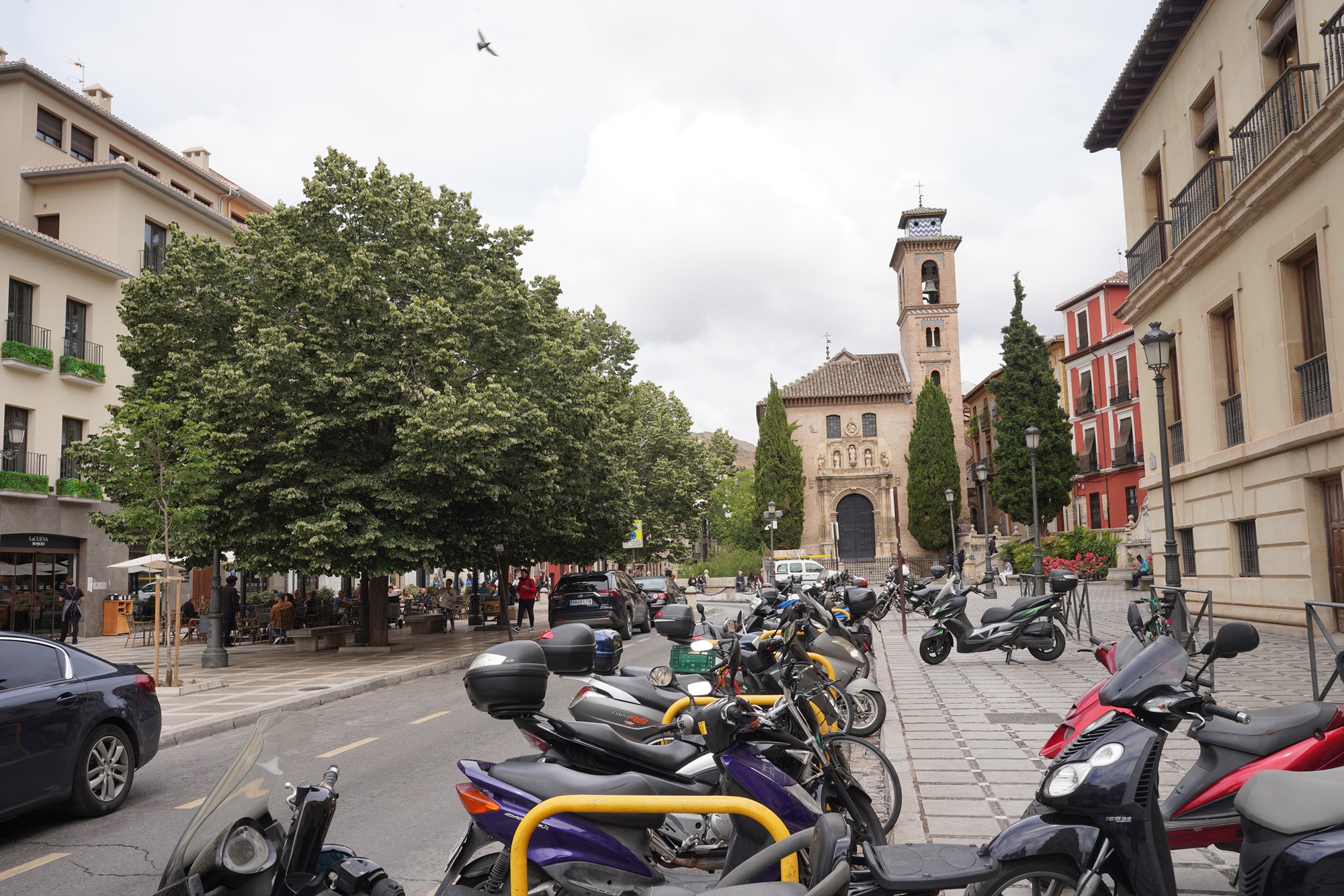

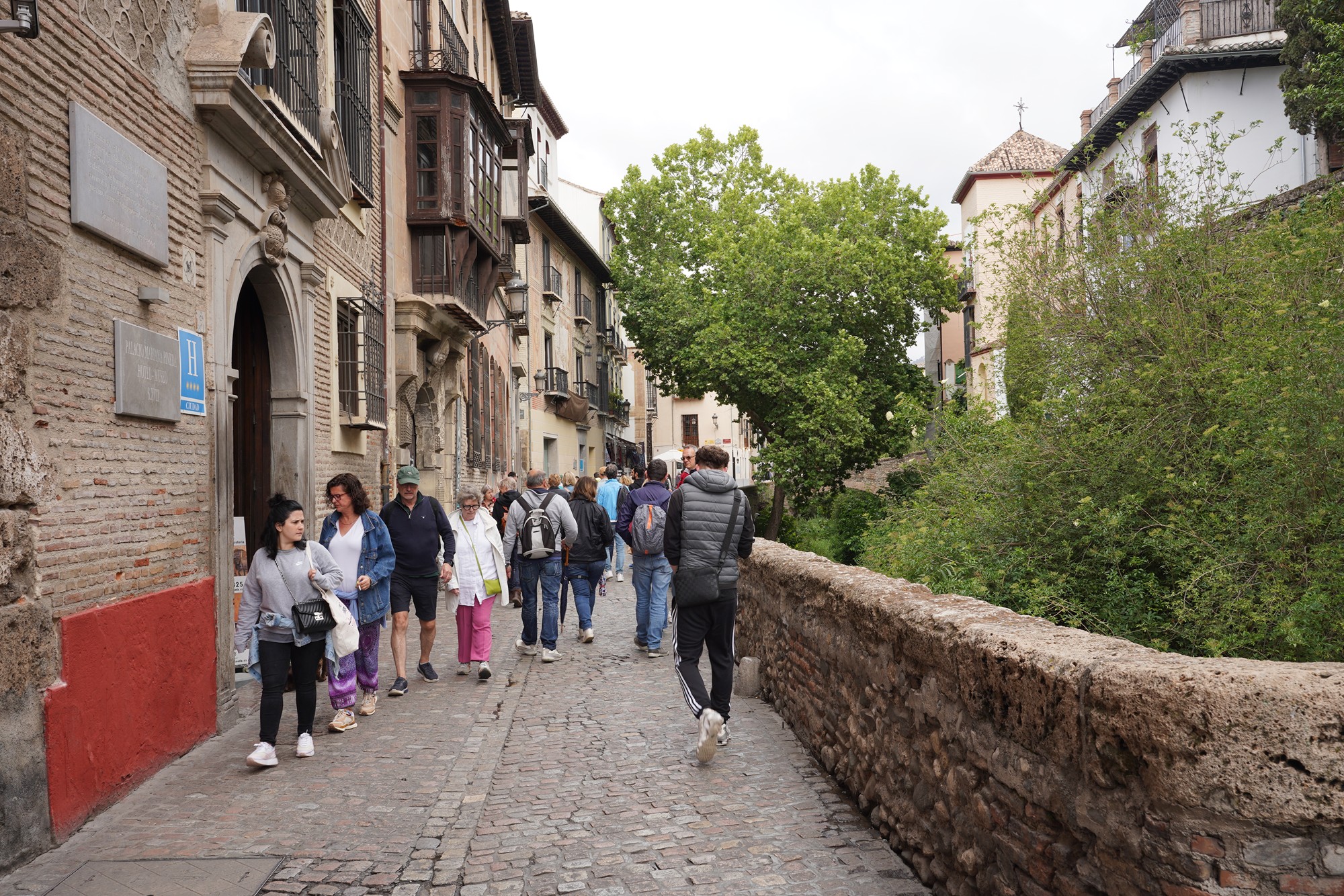
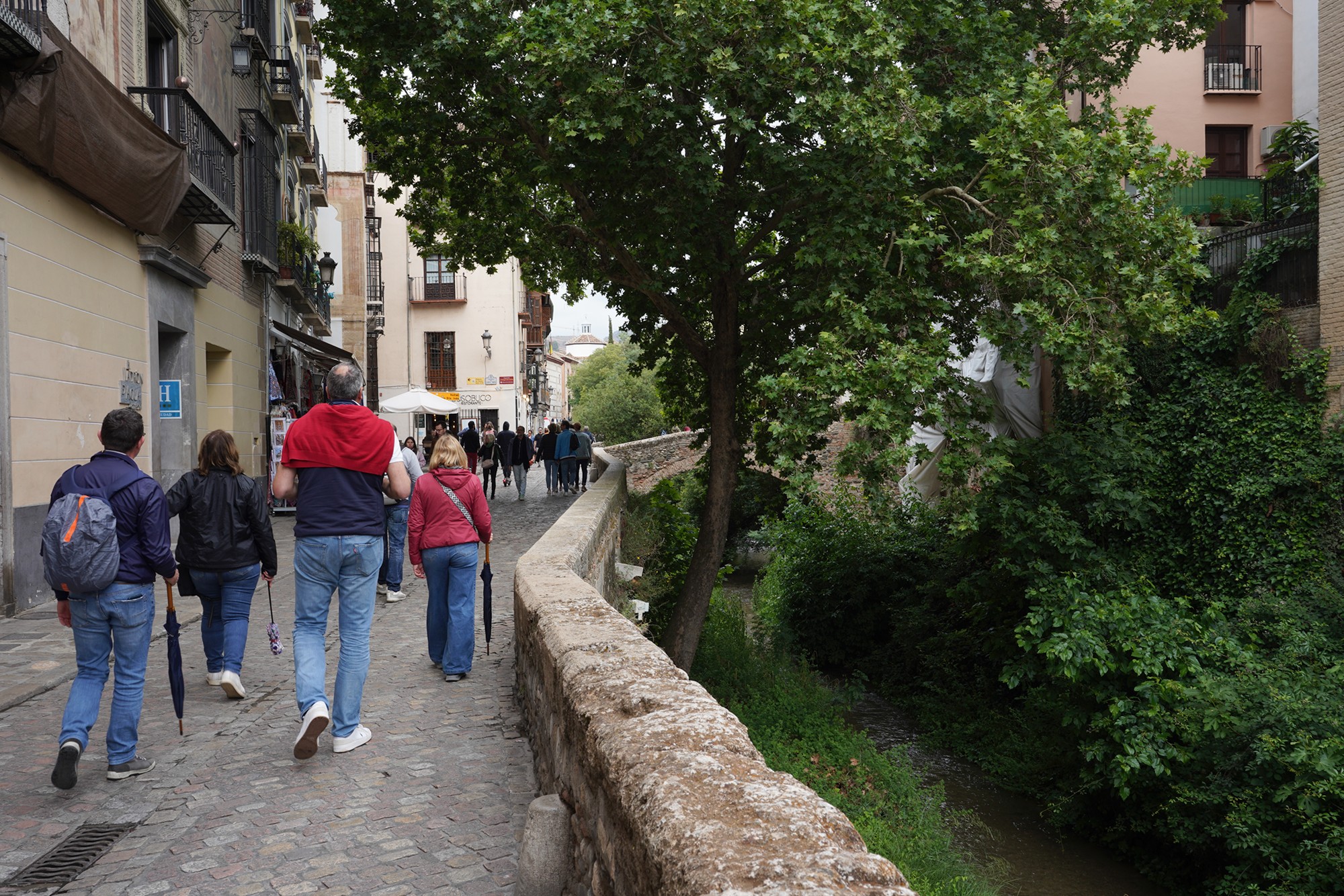
Looking back and walking back toward the plaza
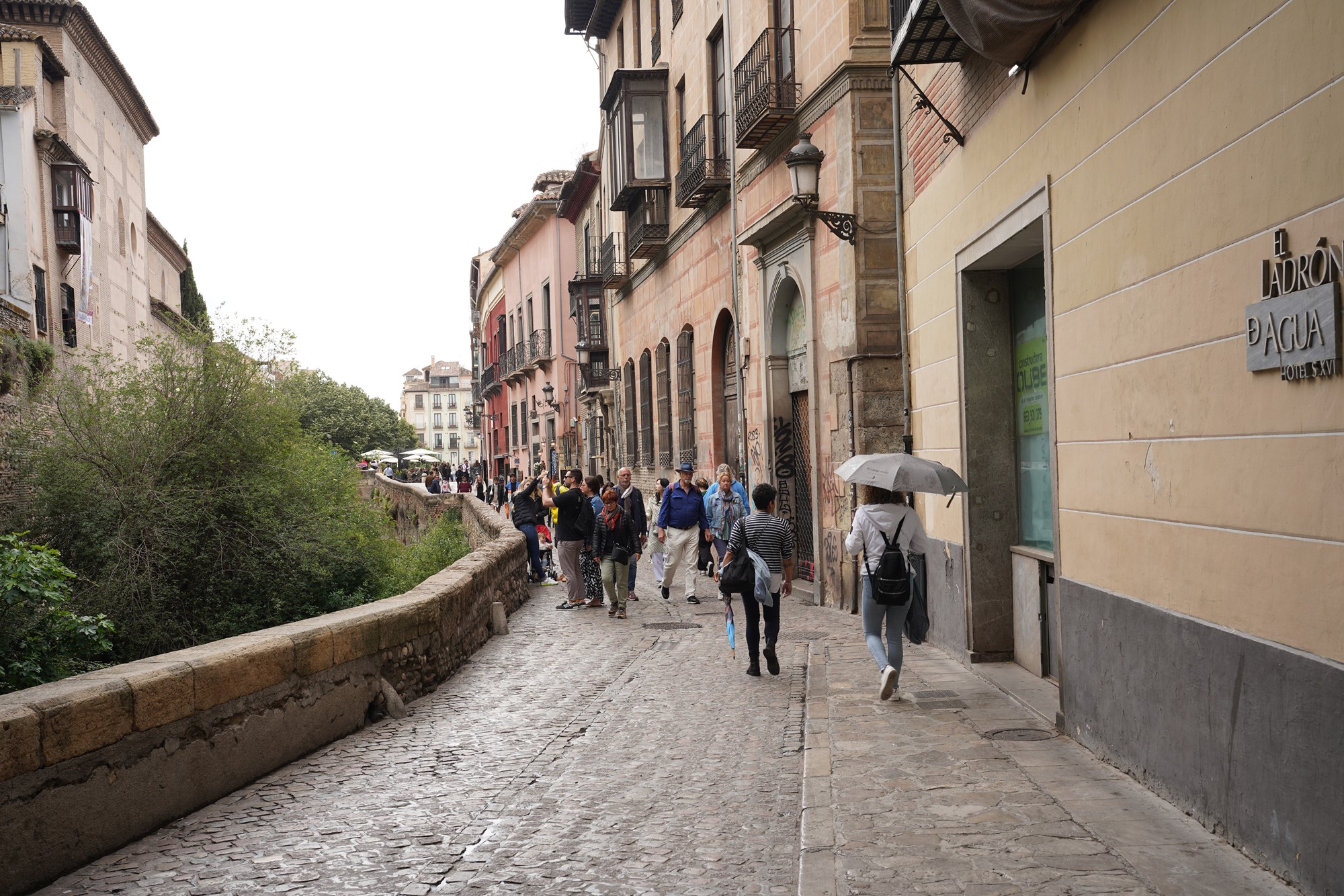
Back to the plaza
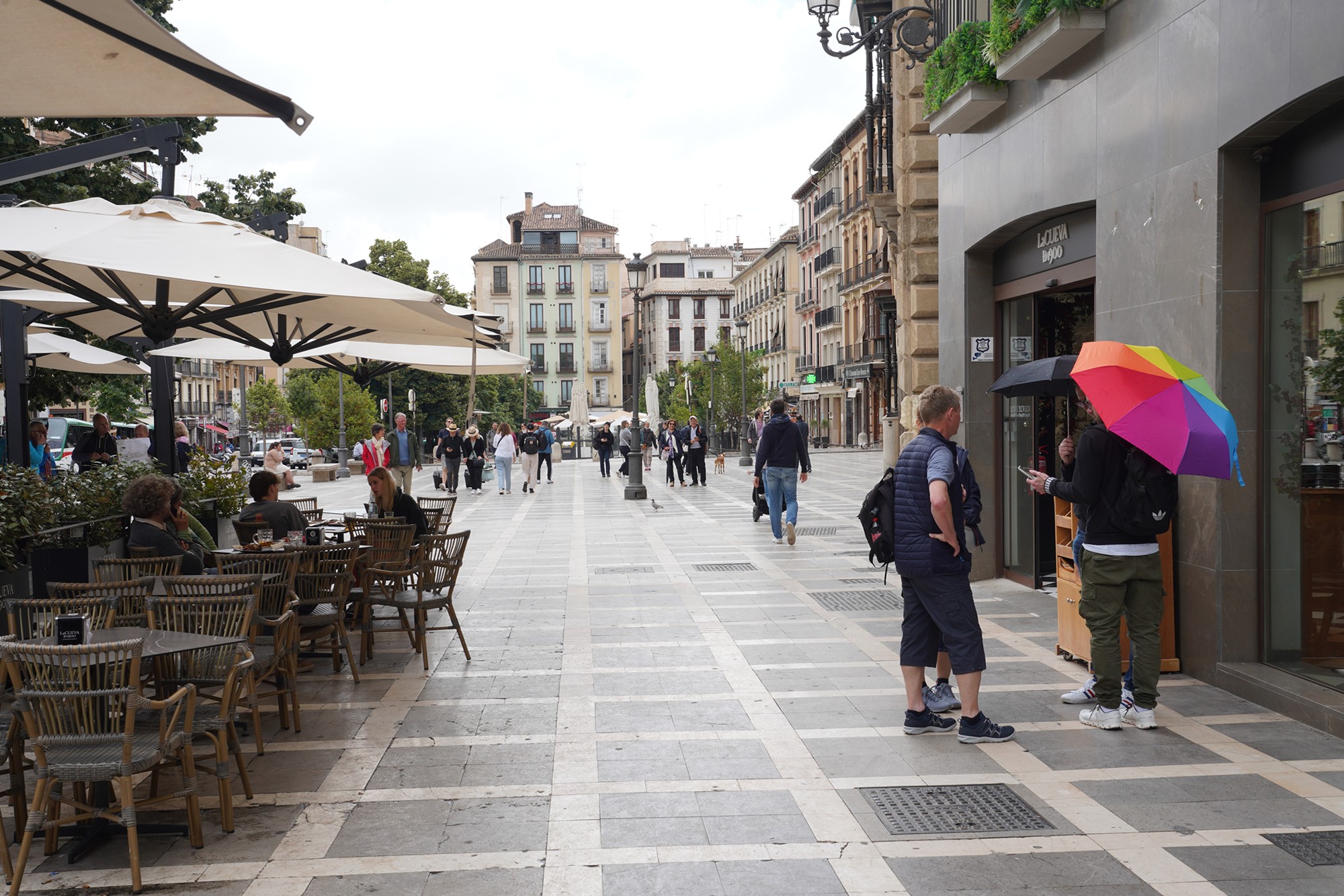

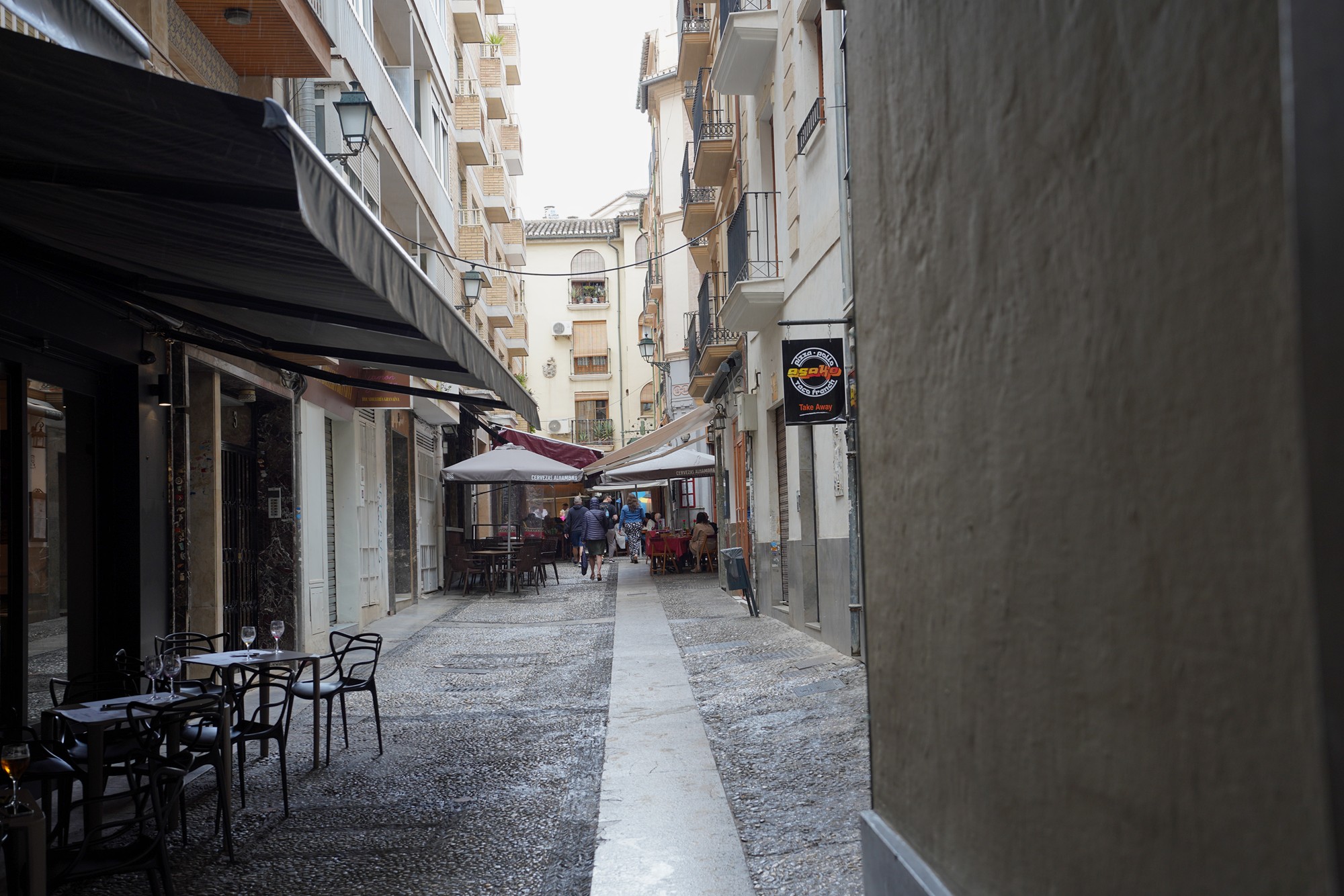
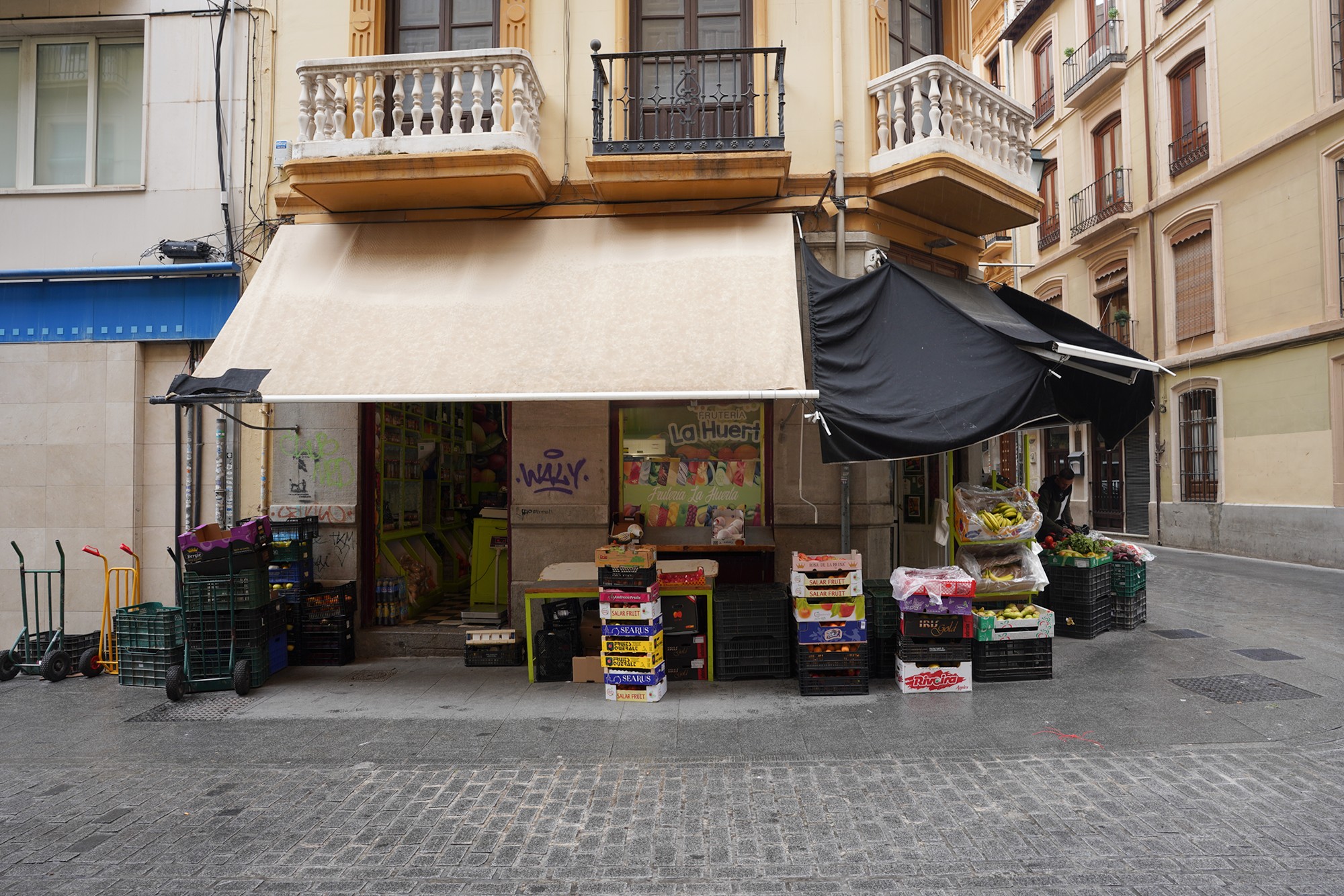
Walking back to where I stay

The last place is Plaza de Bib-Rambla
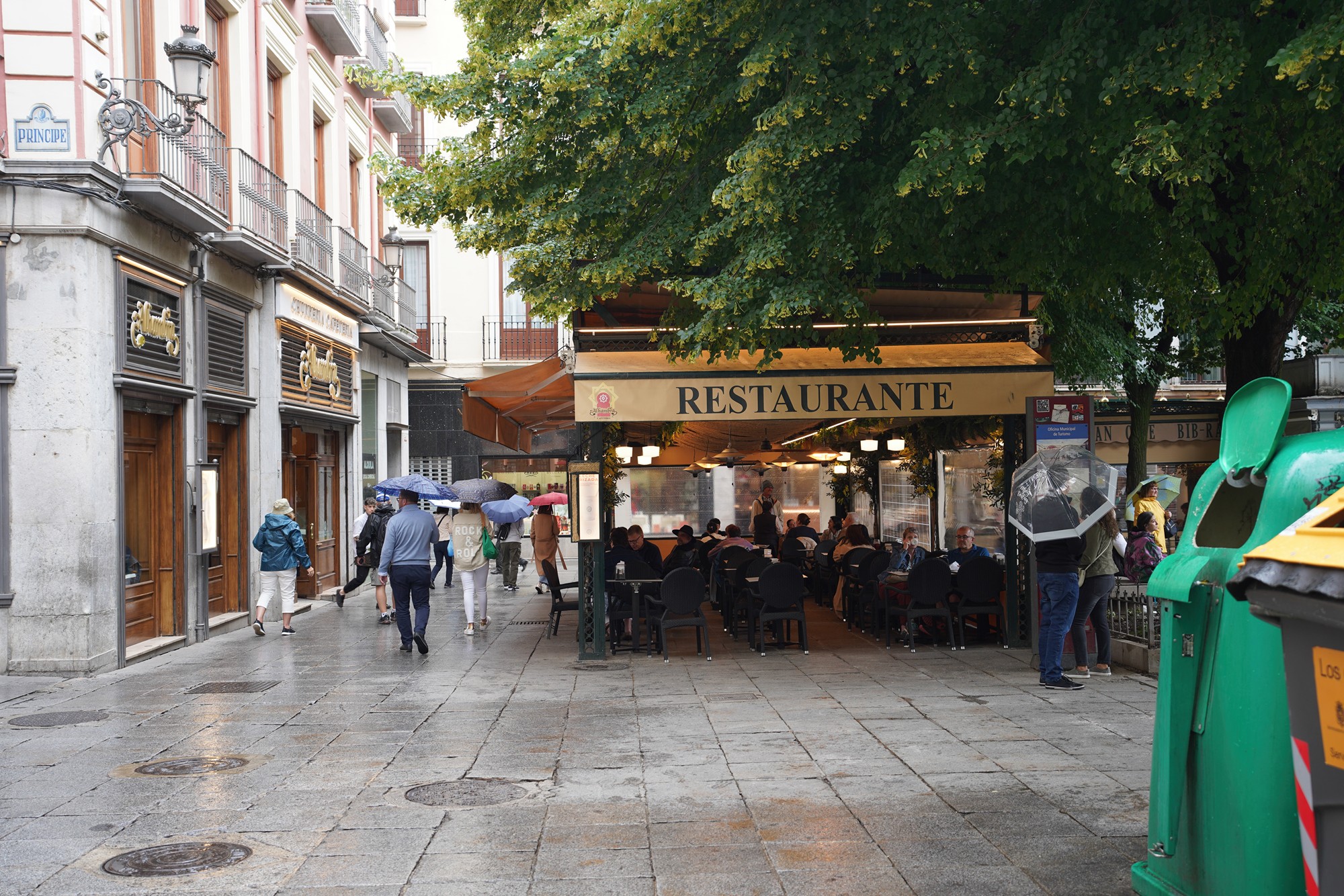
Plaza de Bib-Rambla is lined with numerous cafés, restaurants, and outdoor terraces. It’s a vibrant place to sit and enjoy a cup of coffee, savor traditional Spanish cuisine, or sample delicious local tapas.
